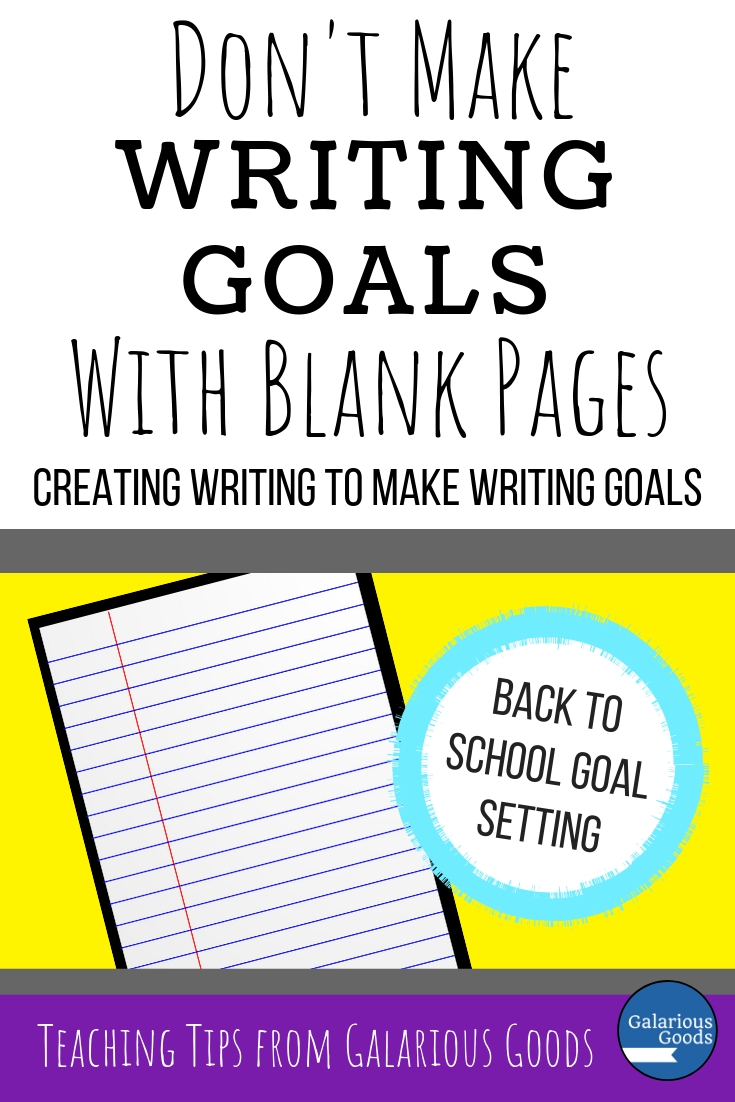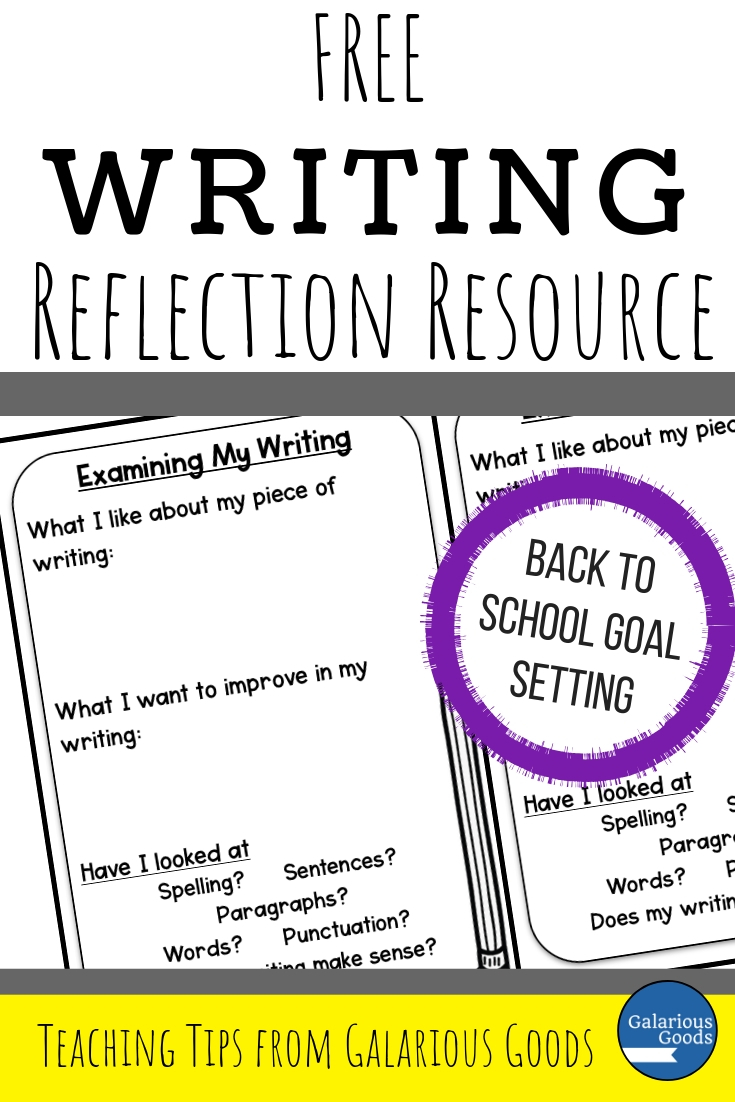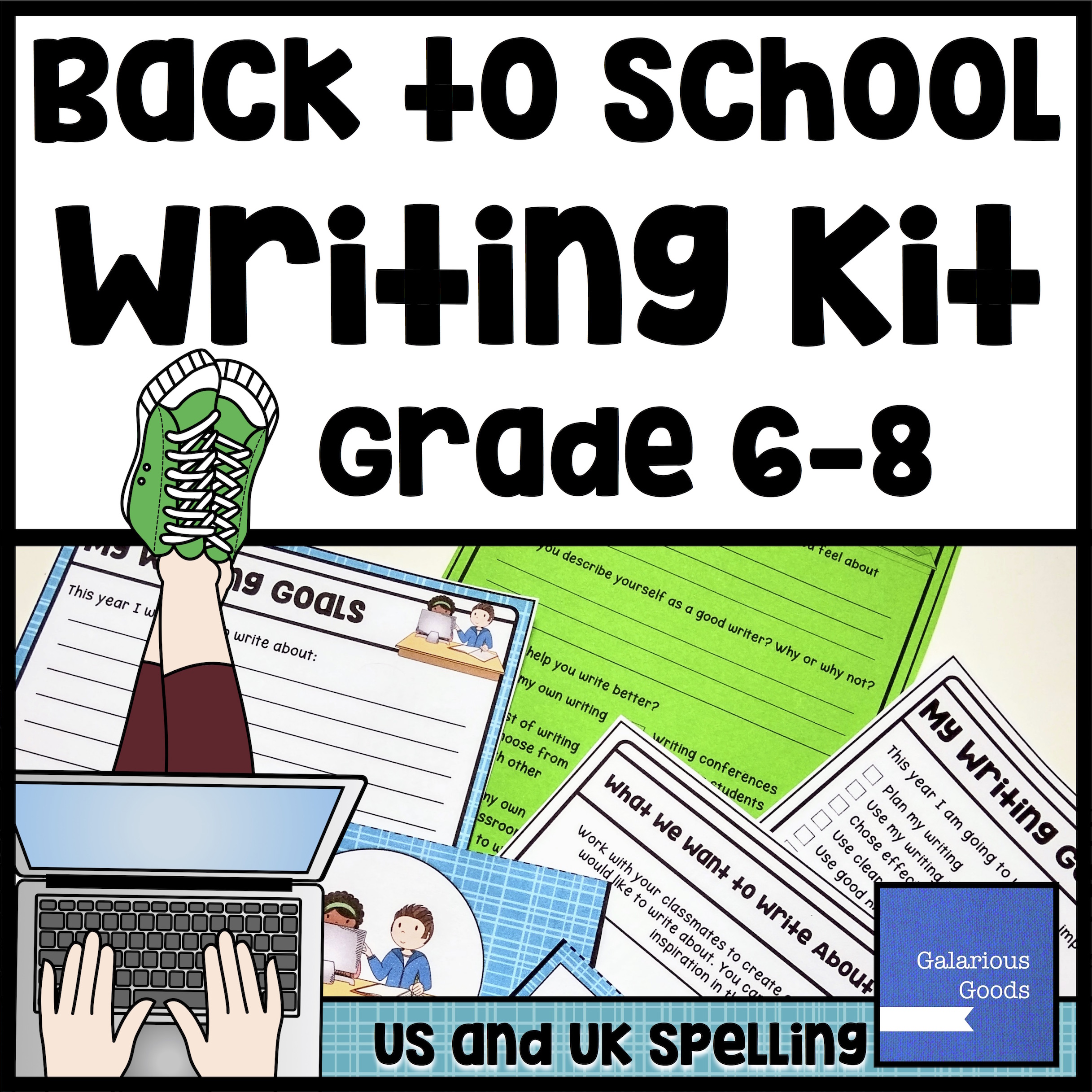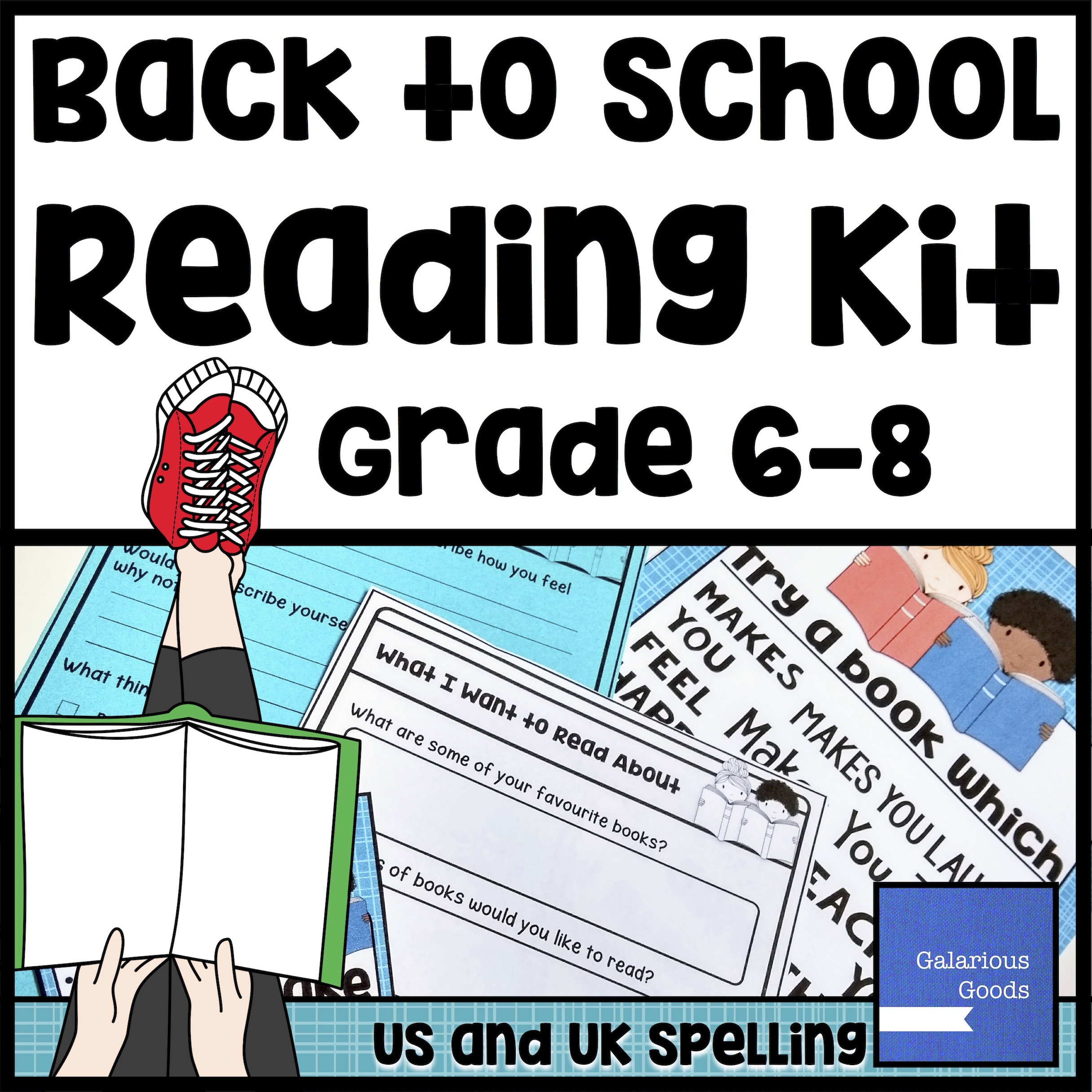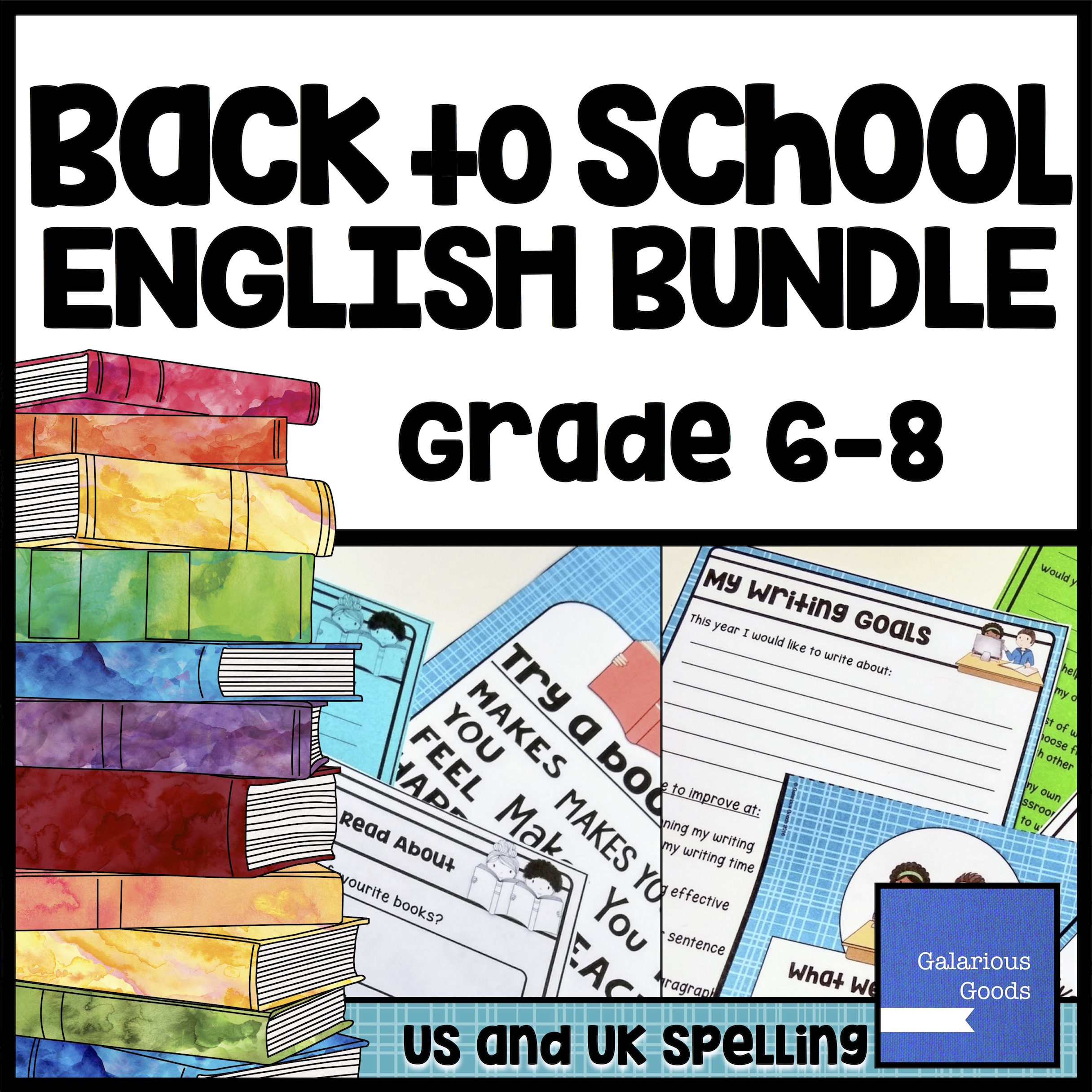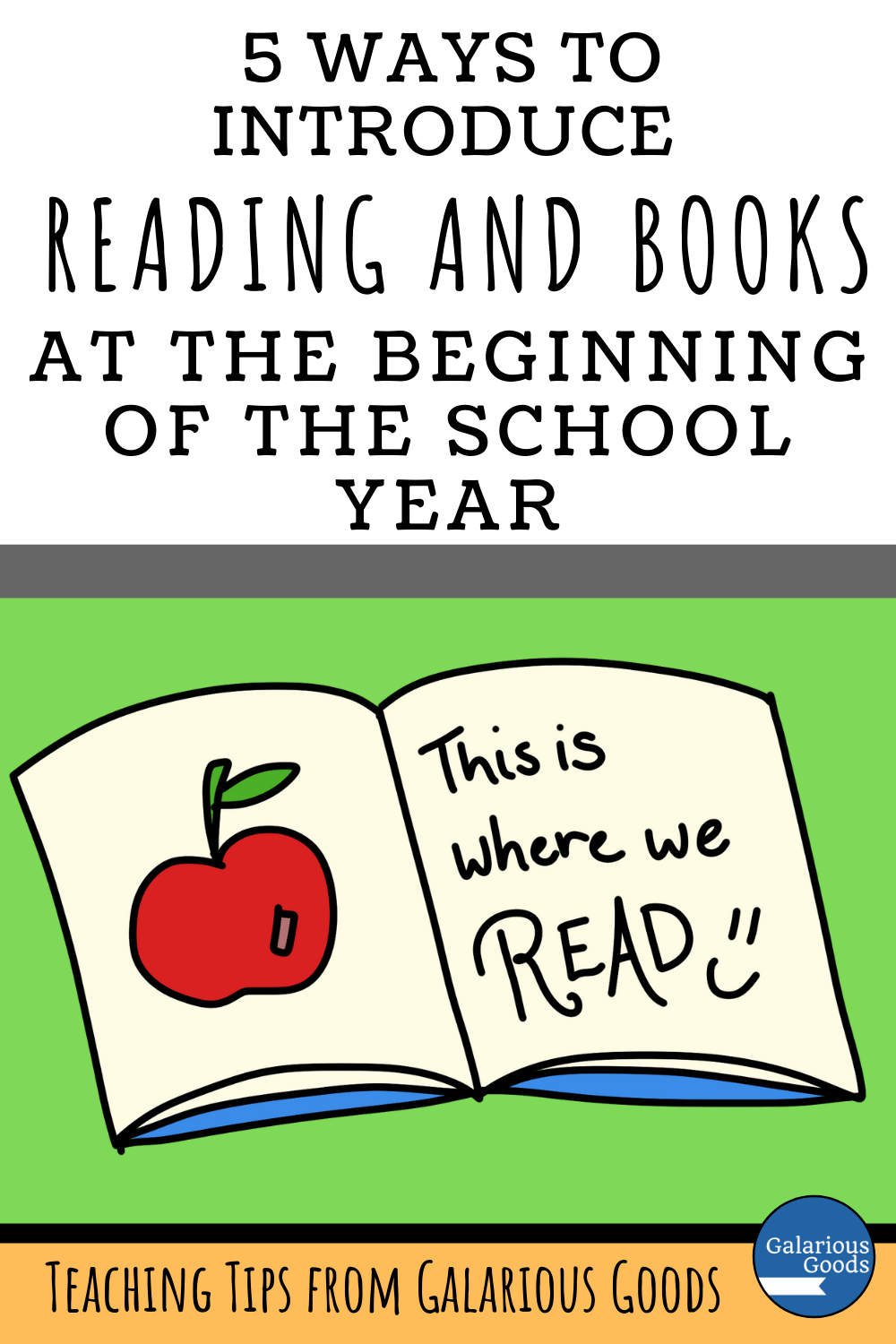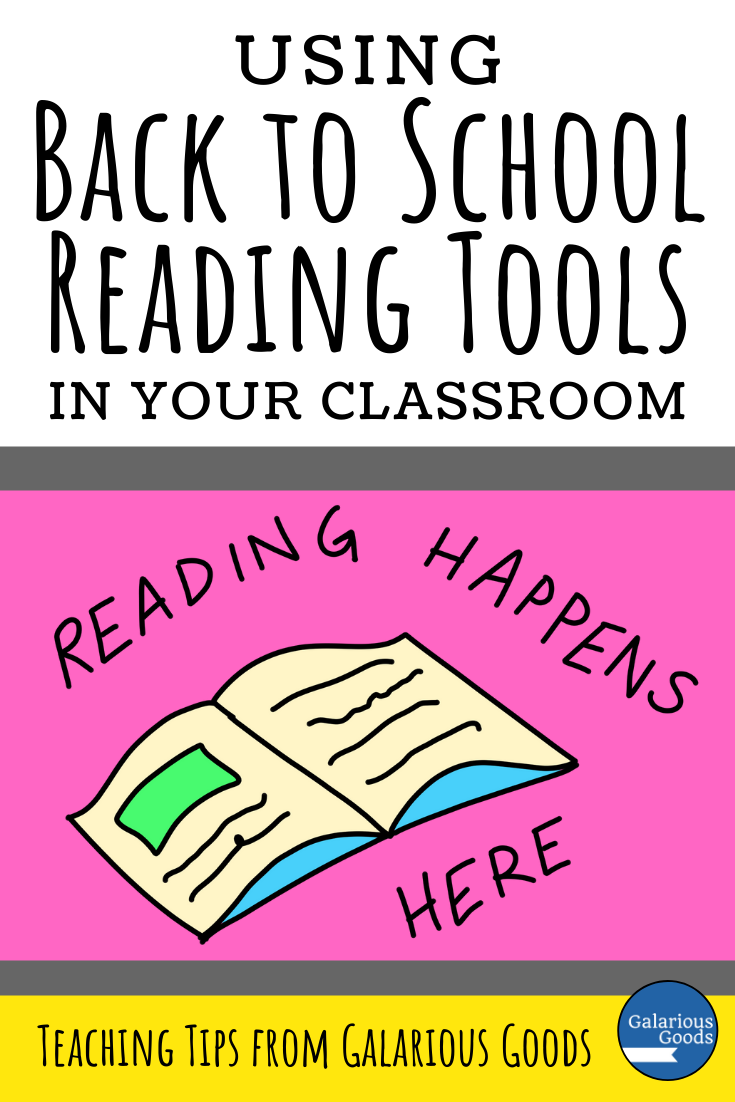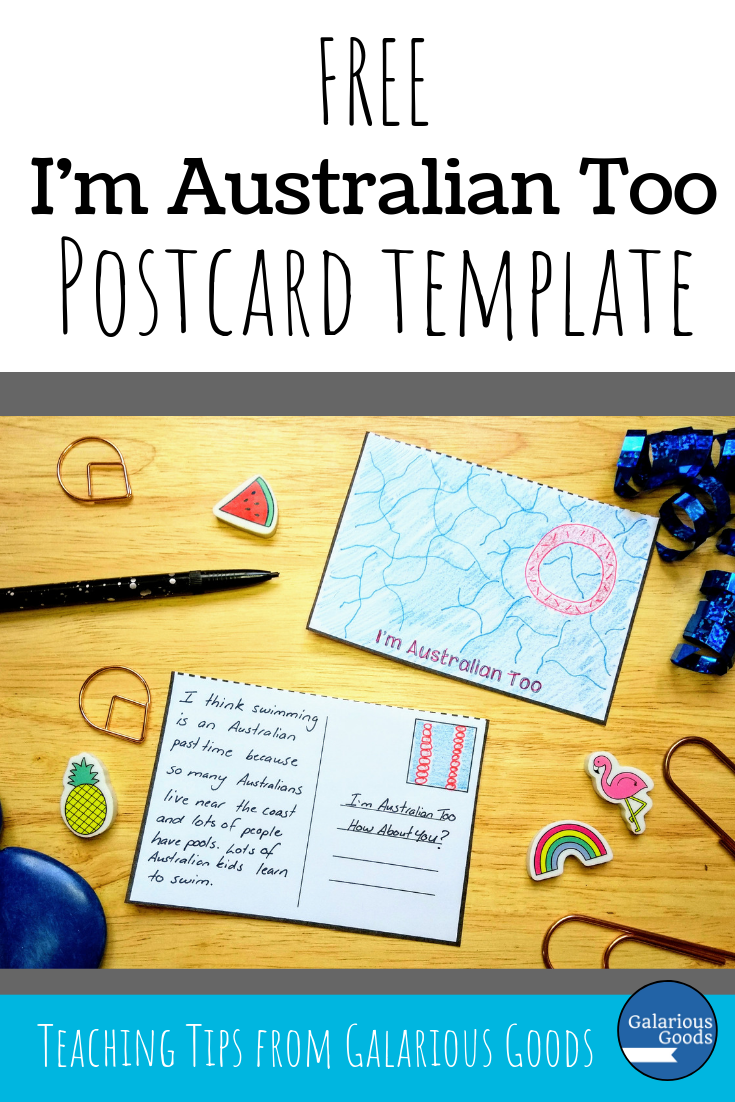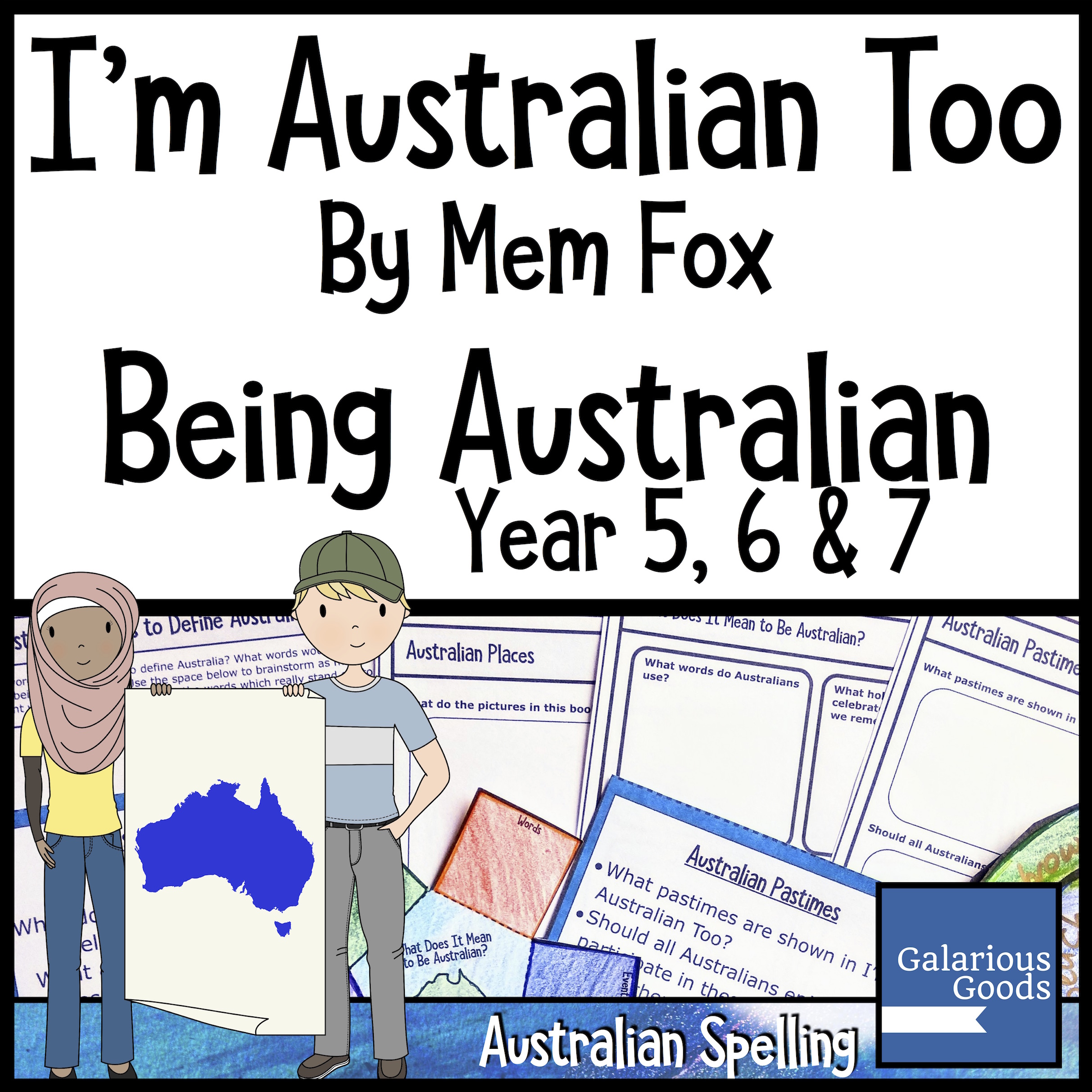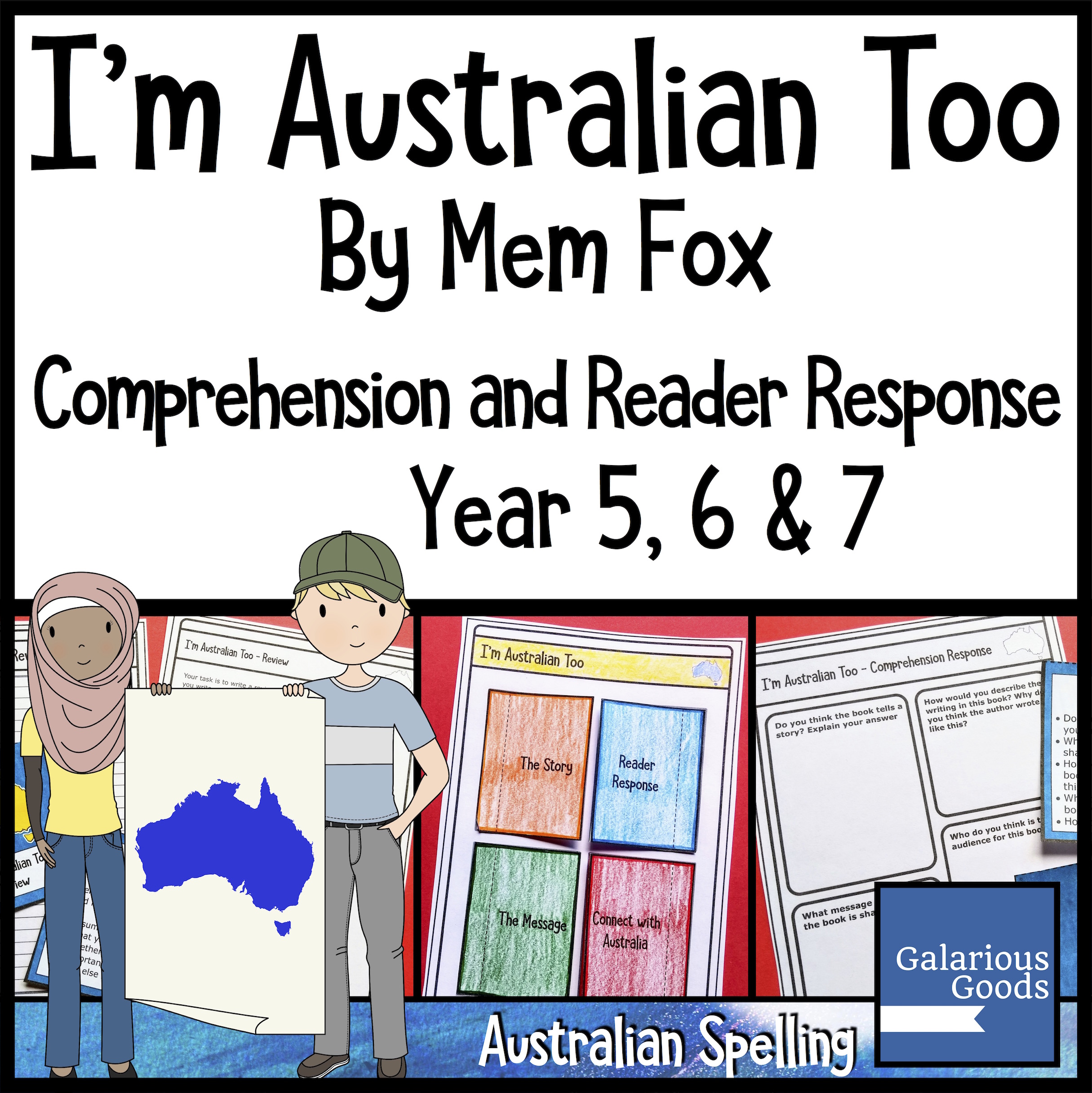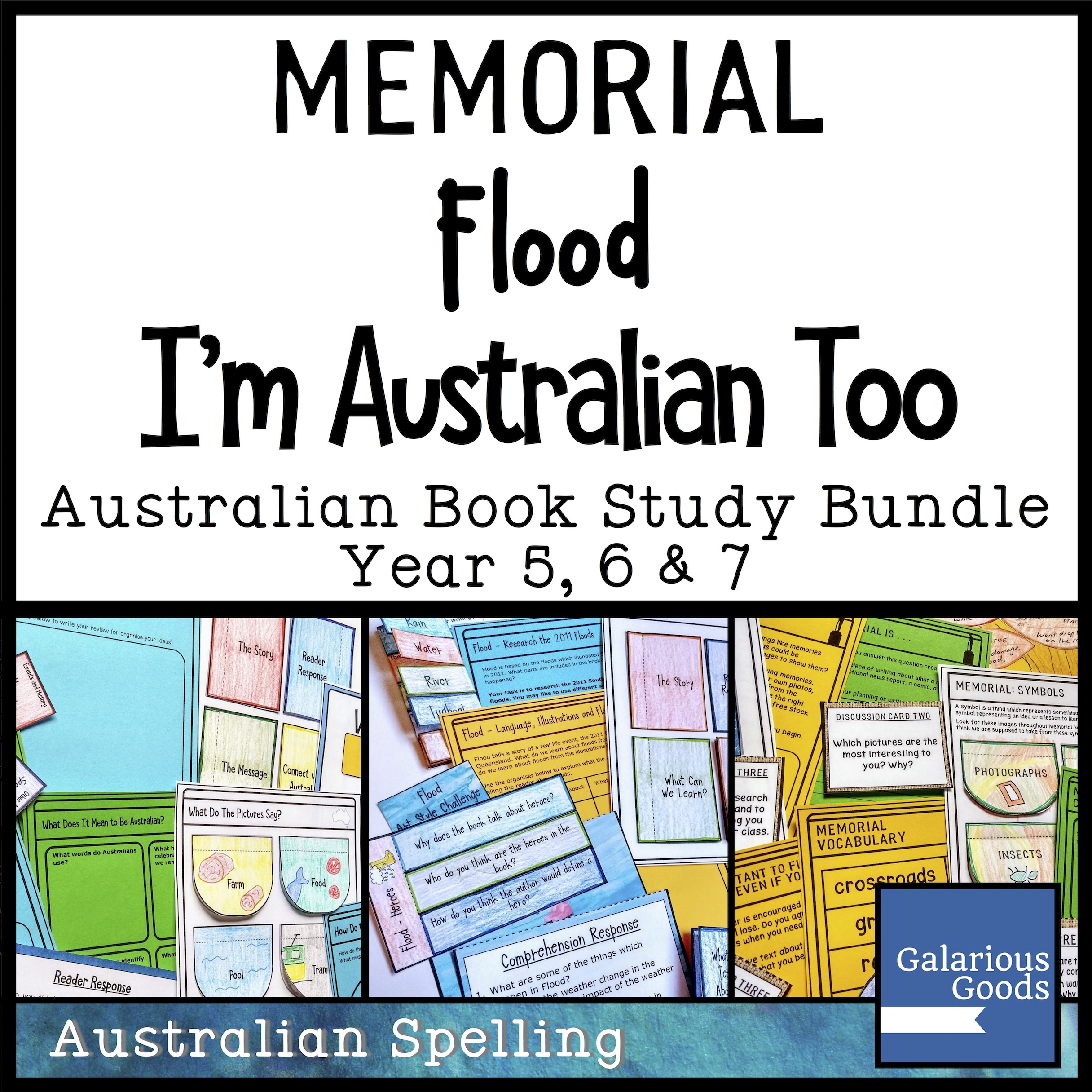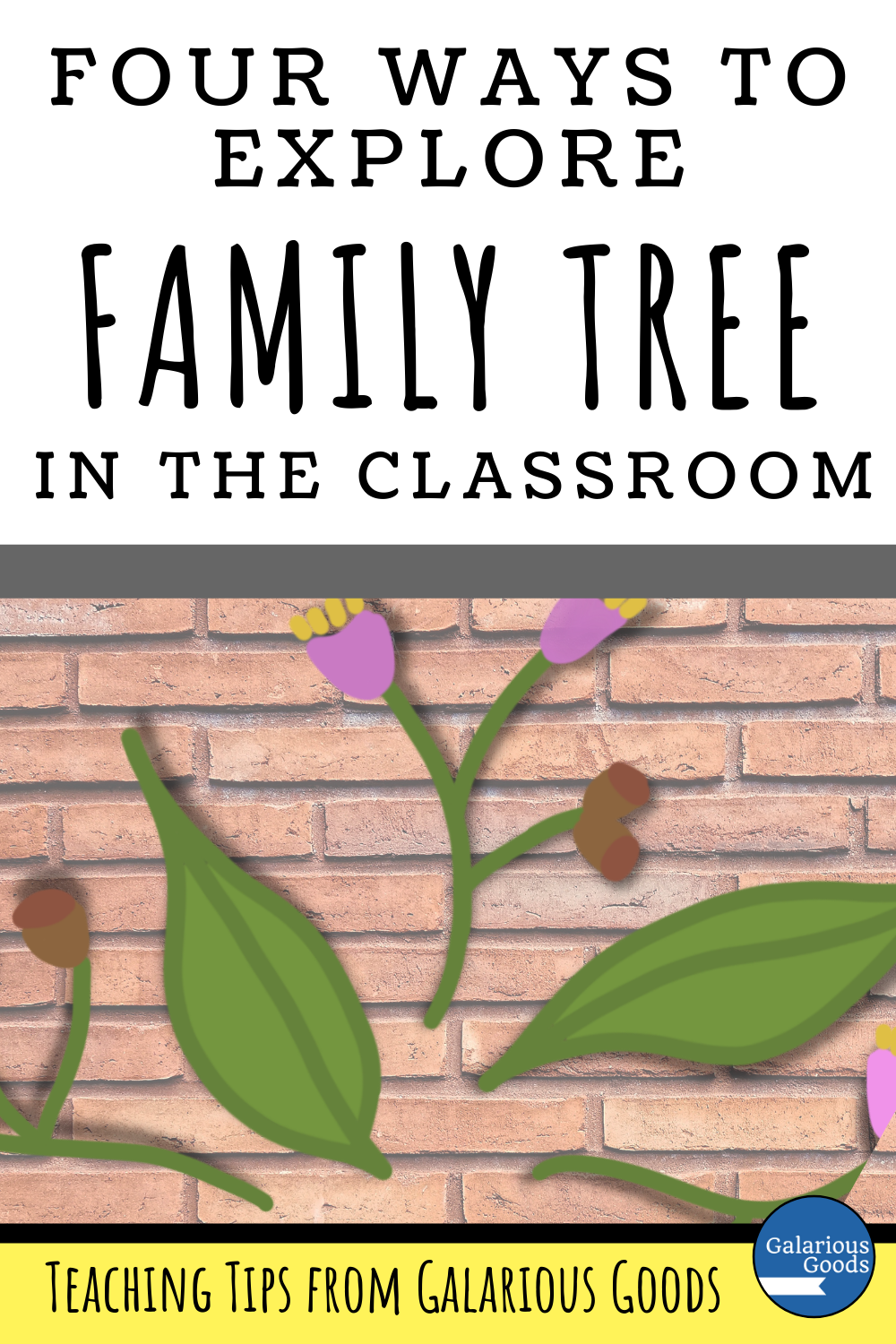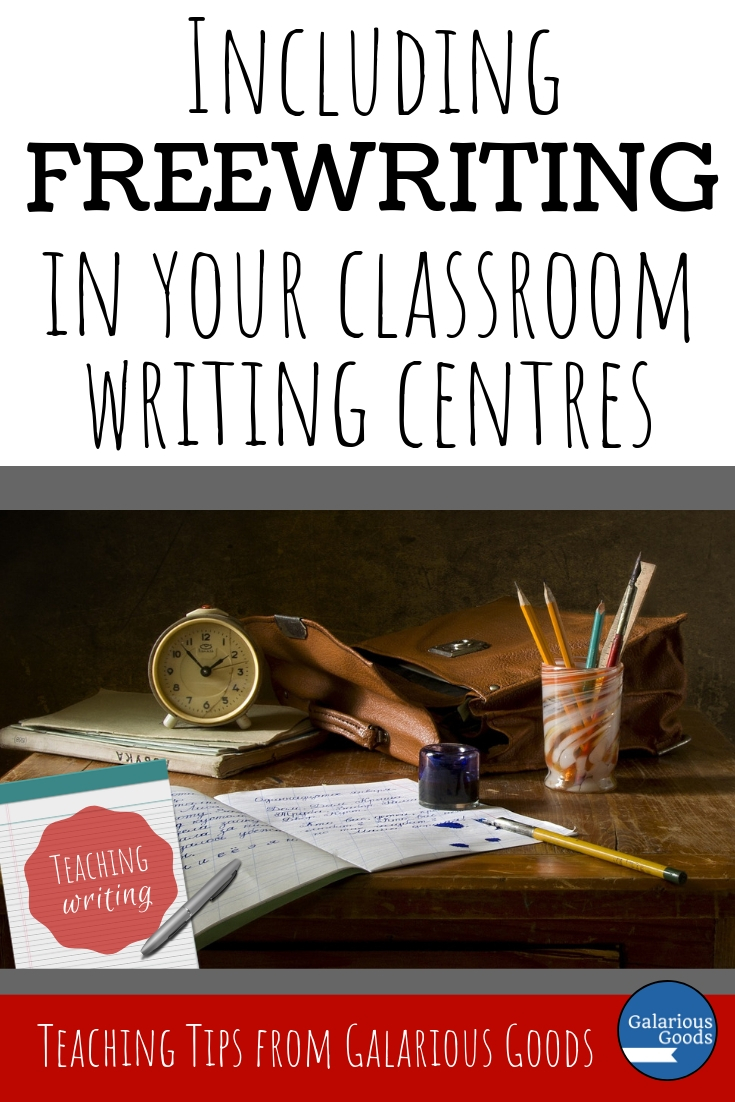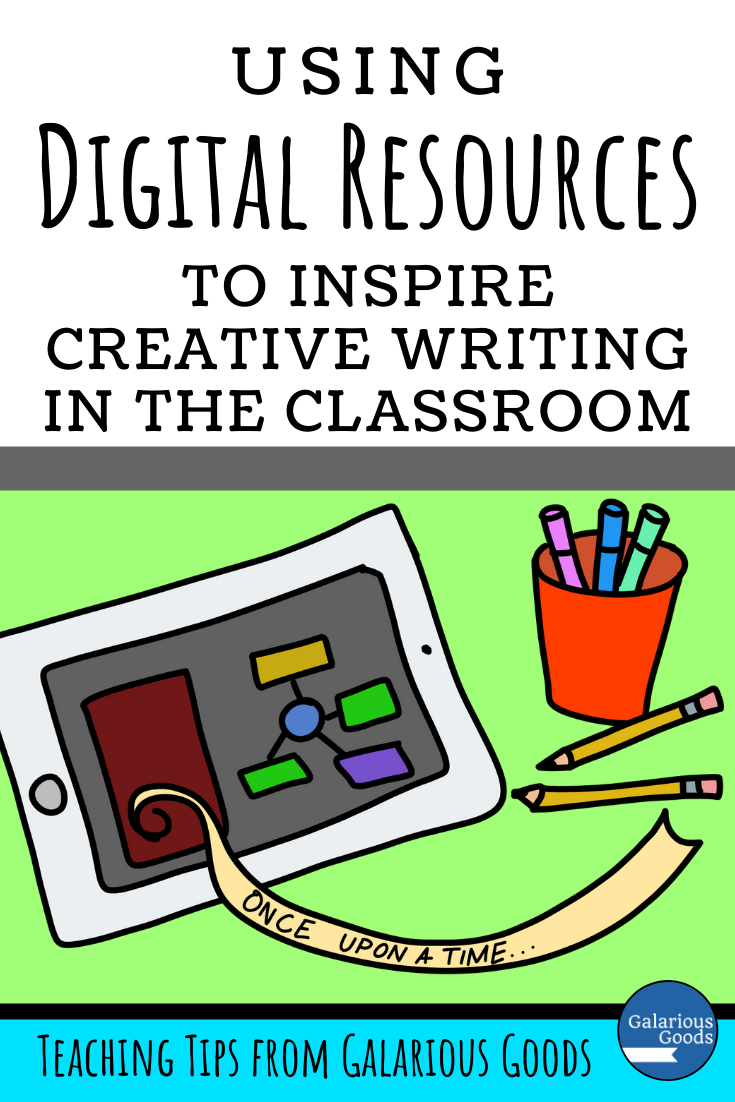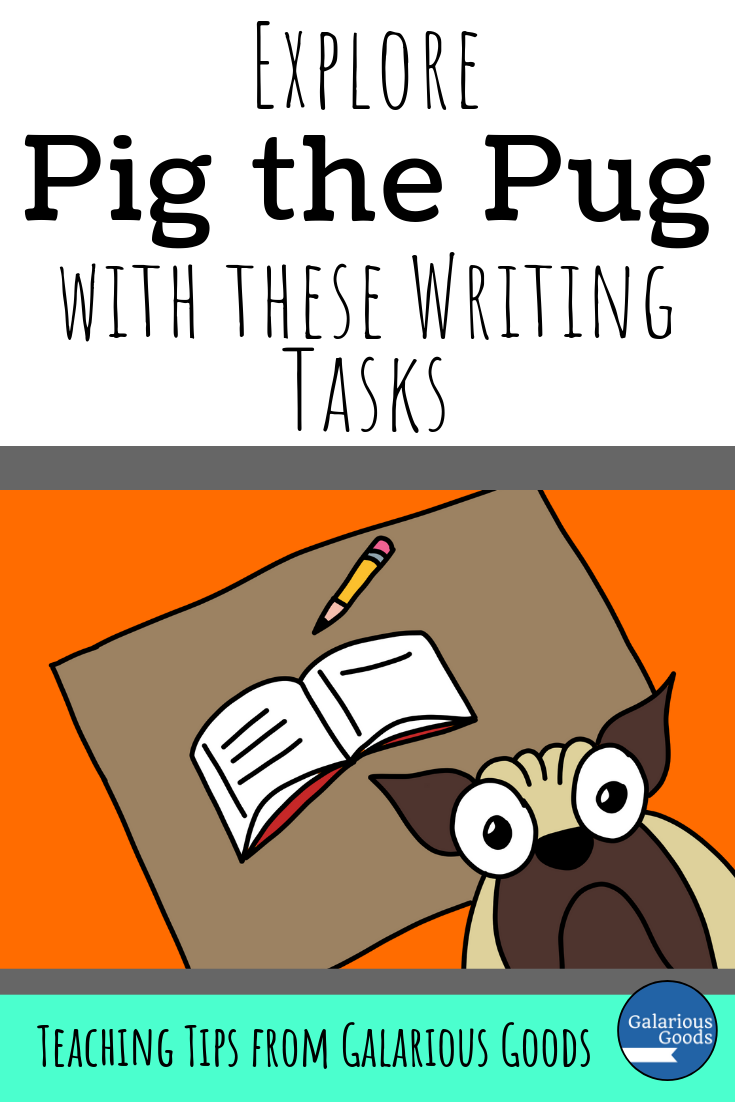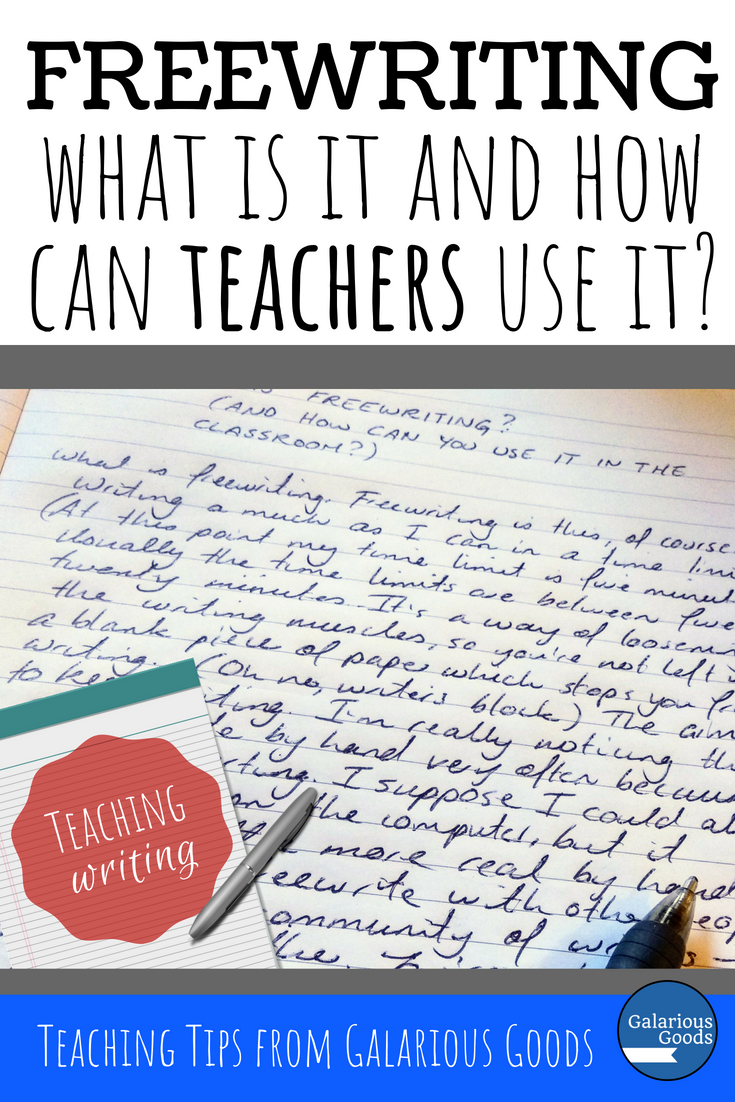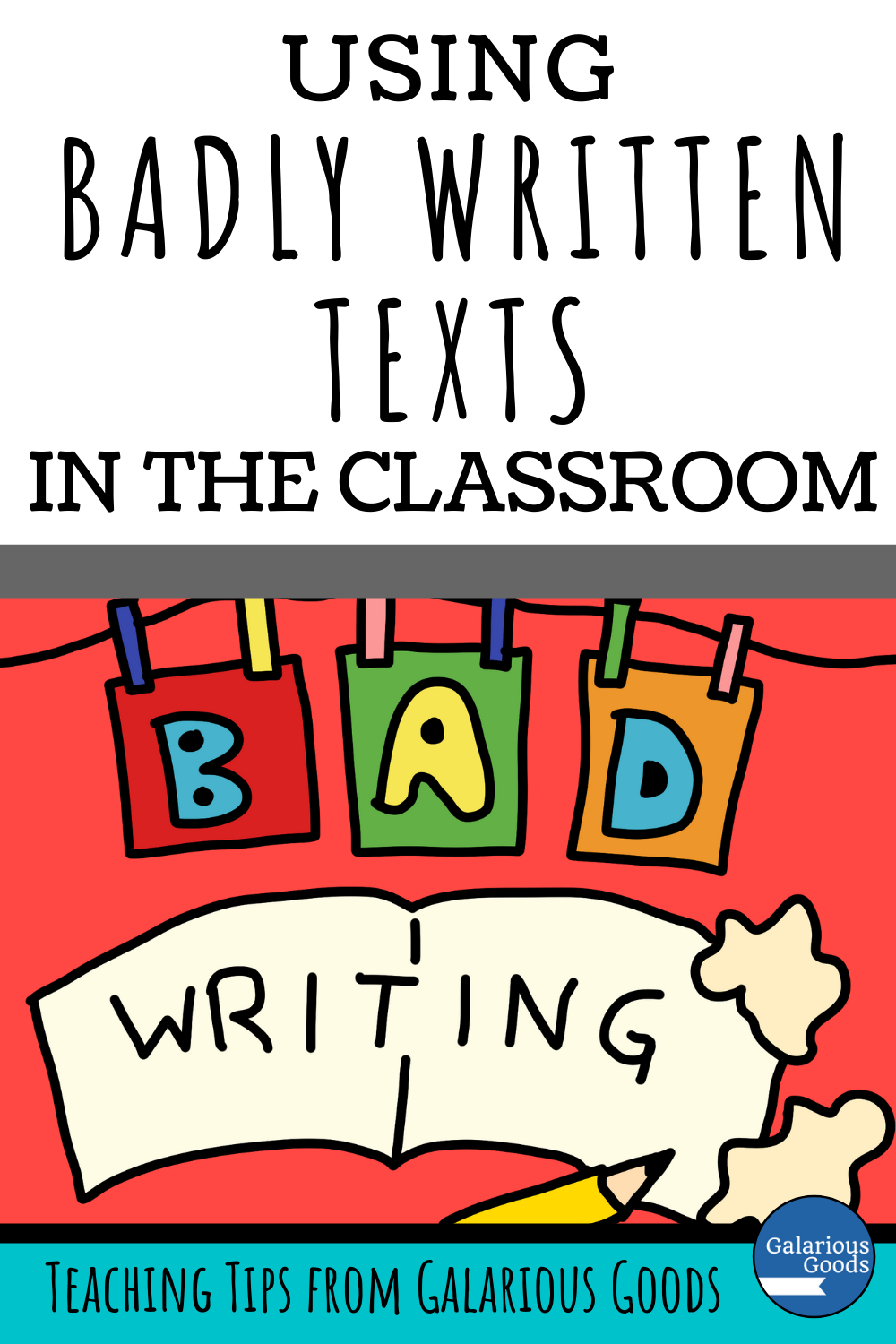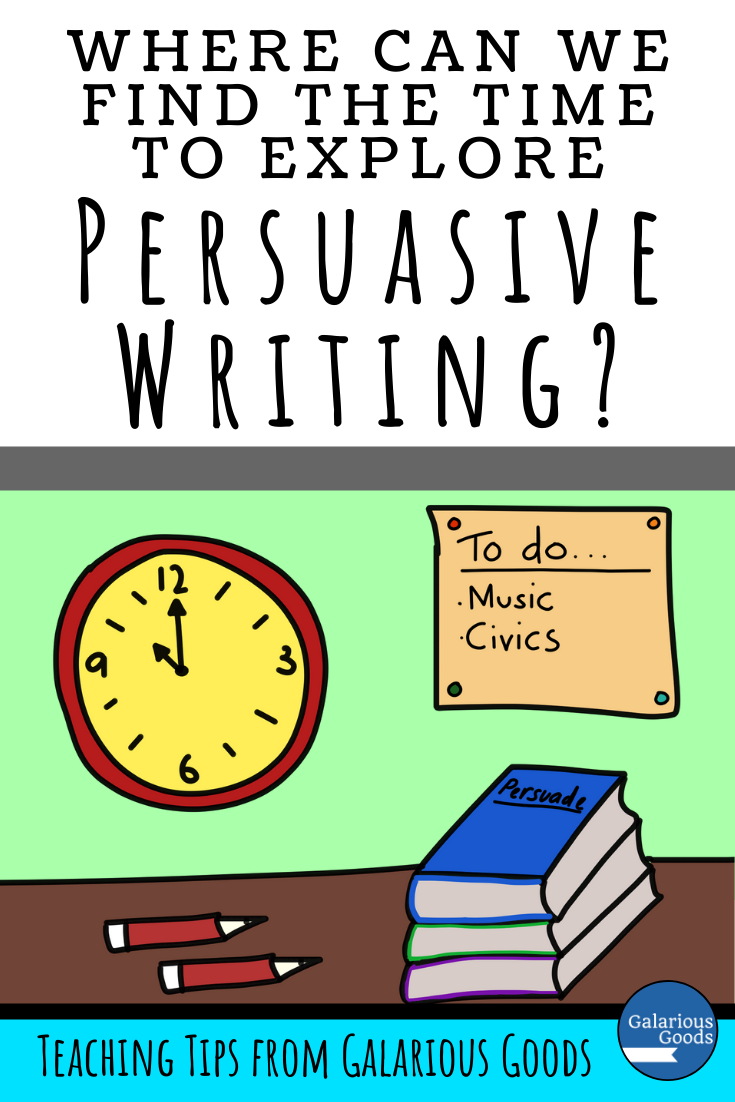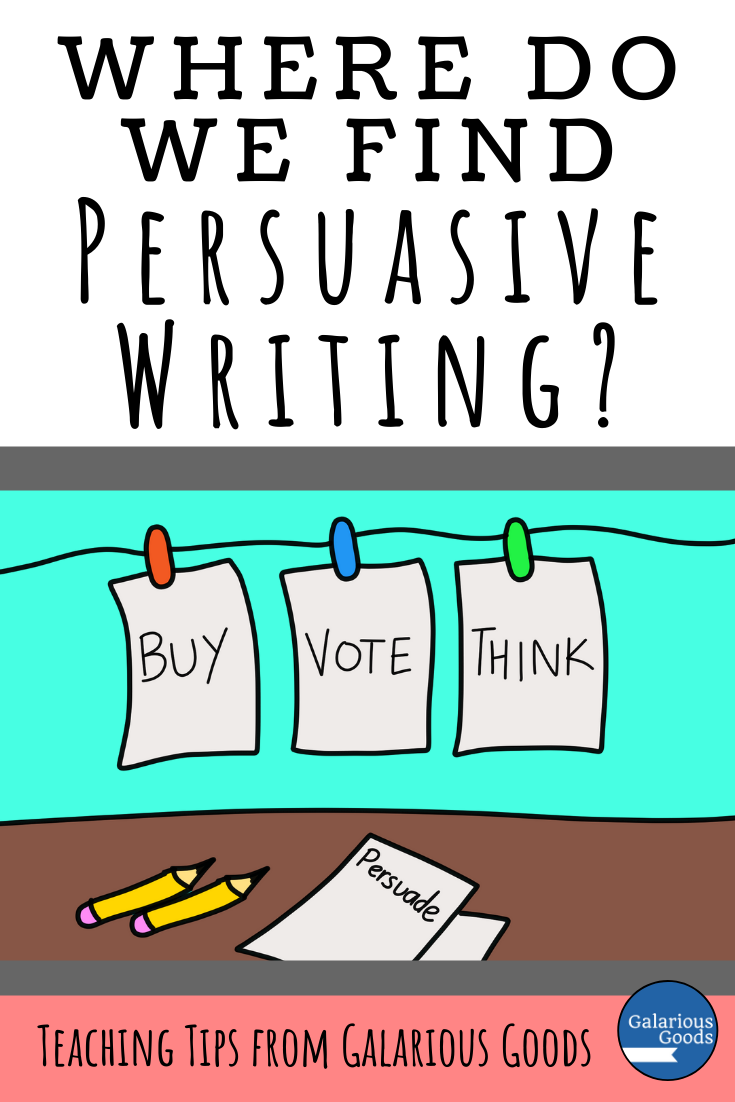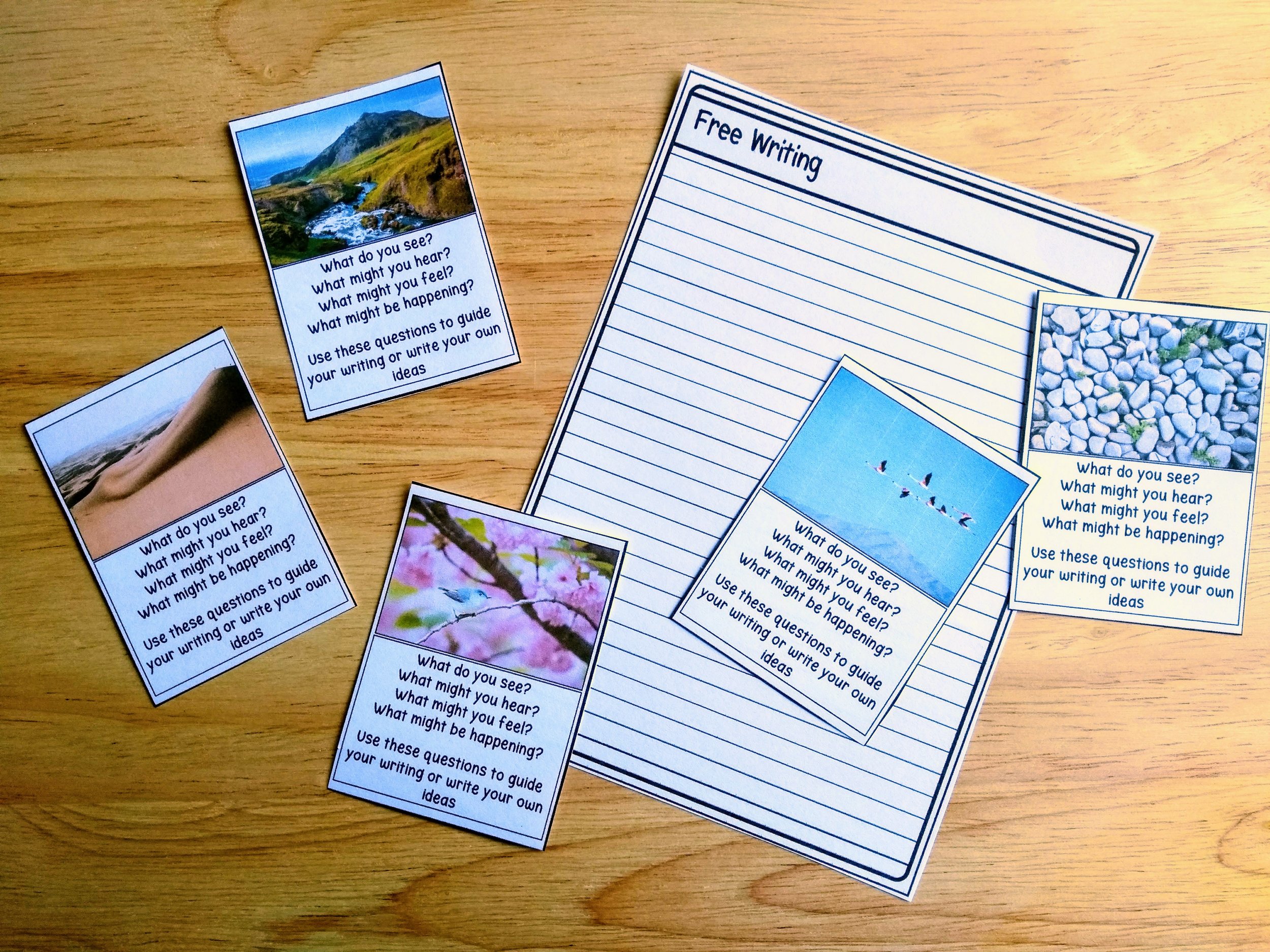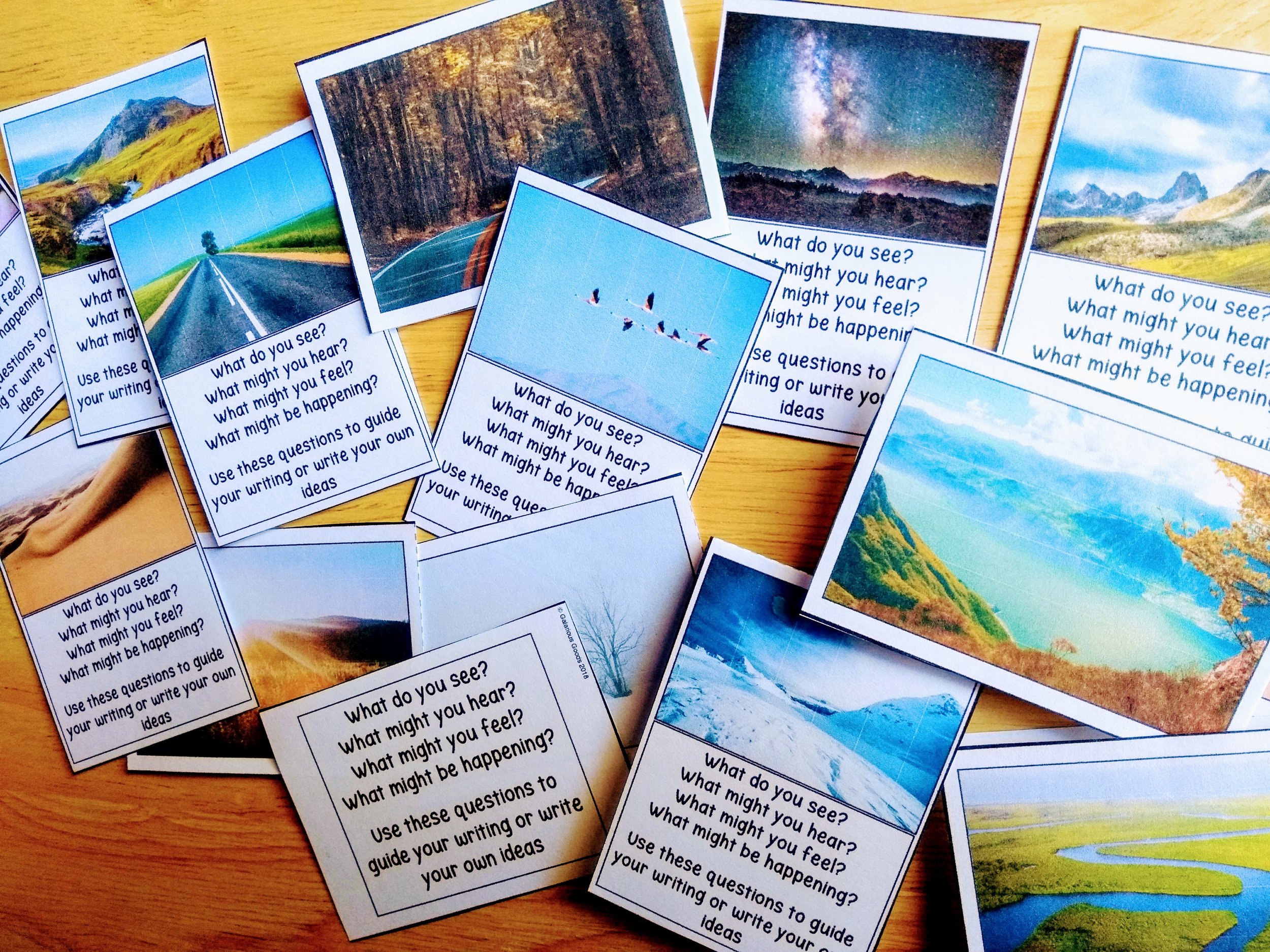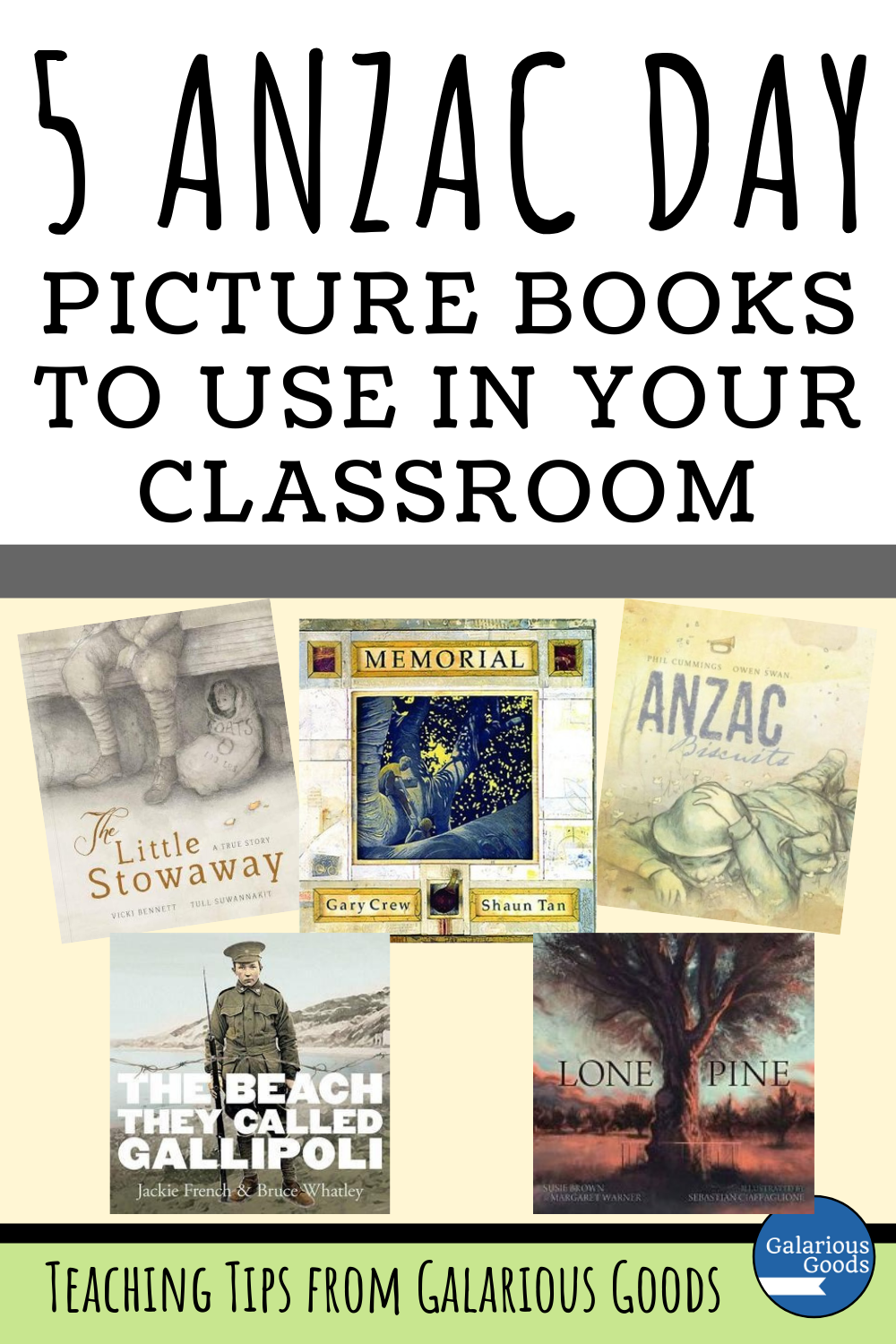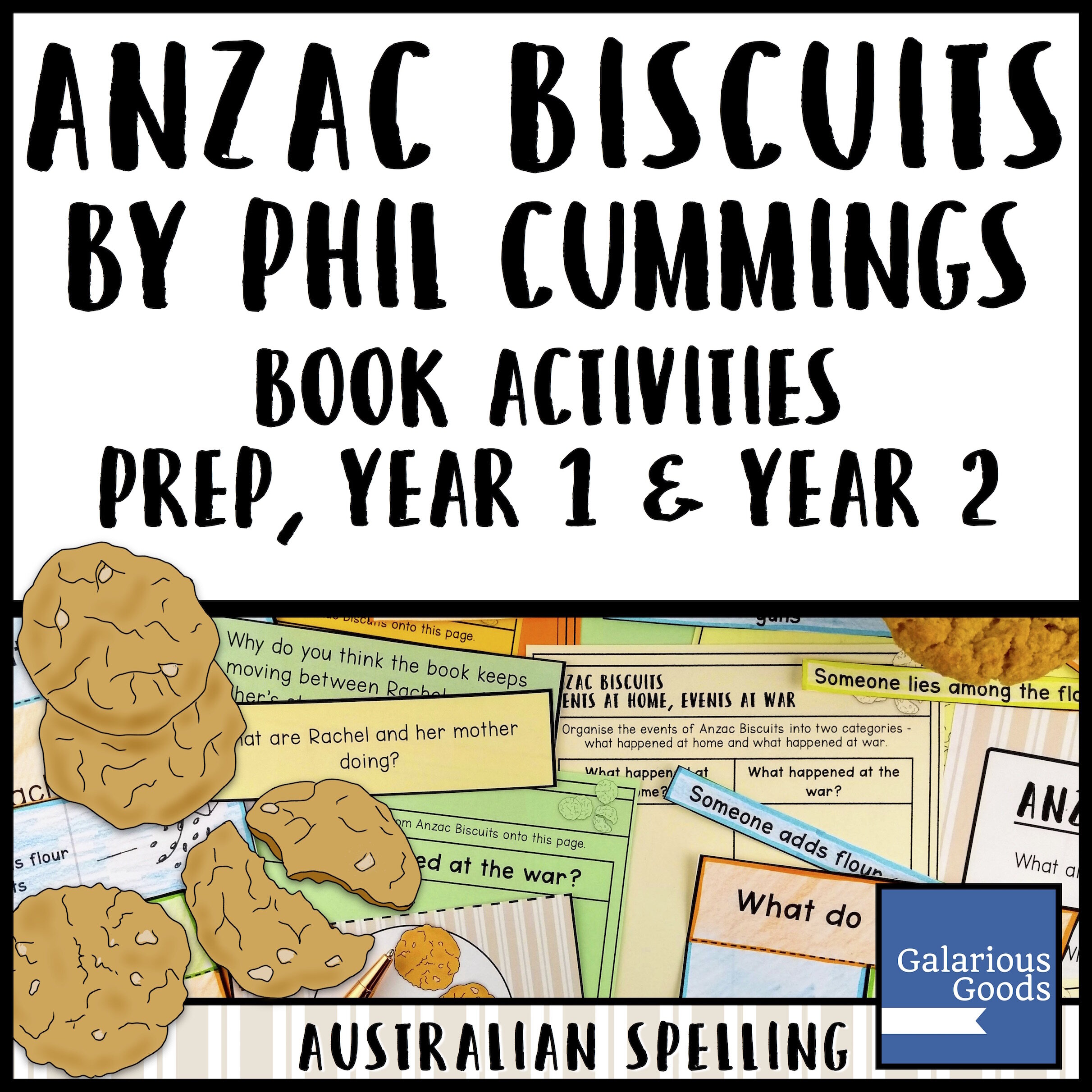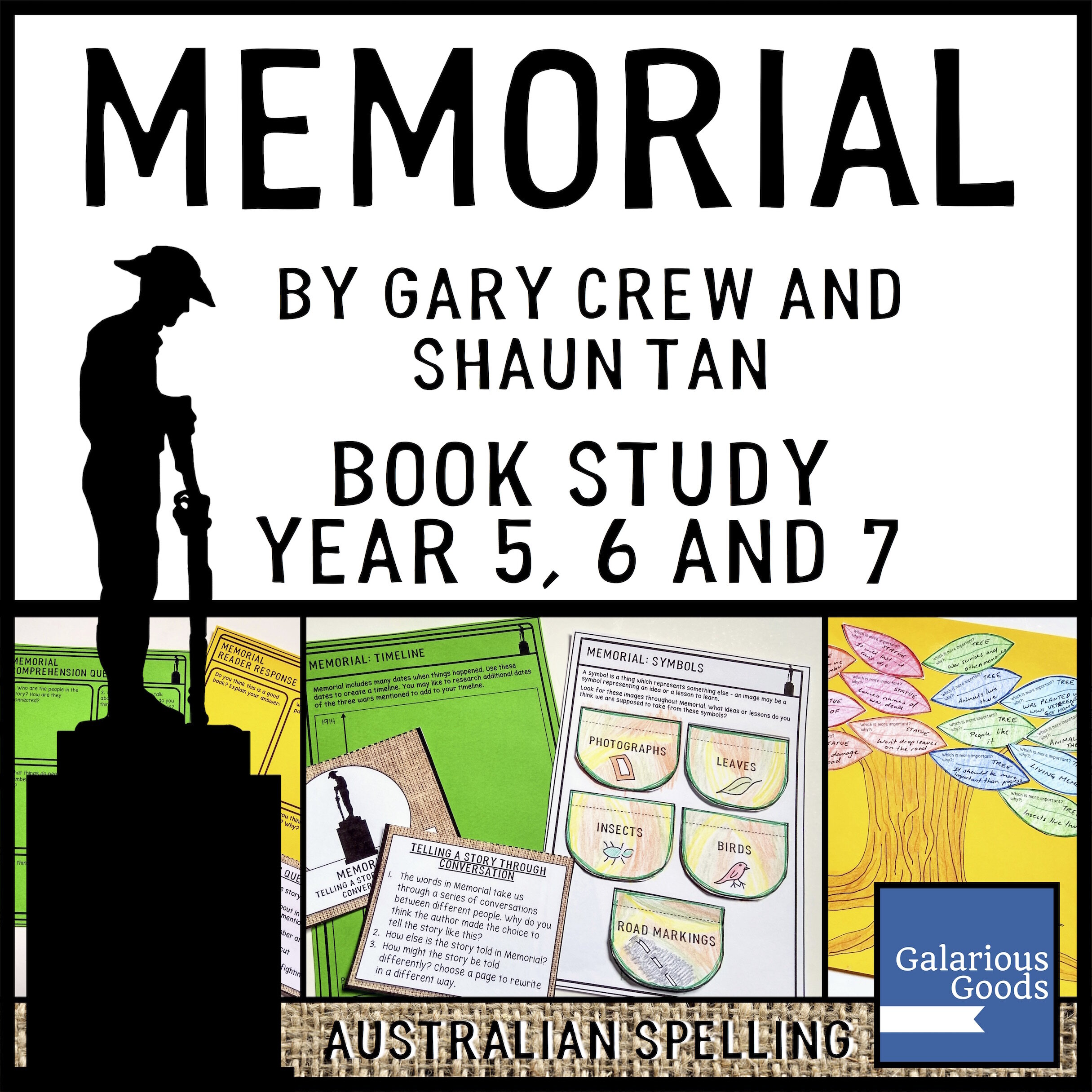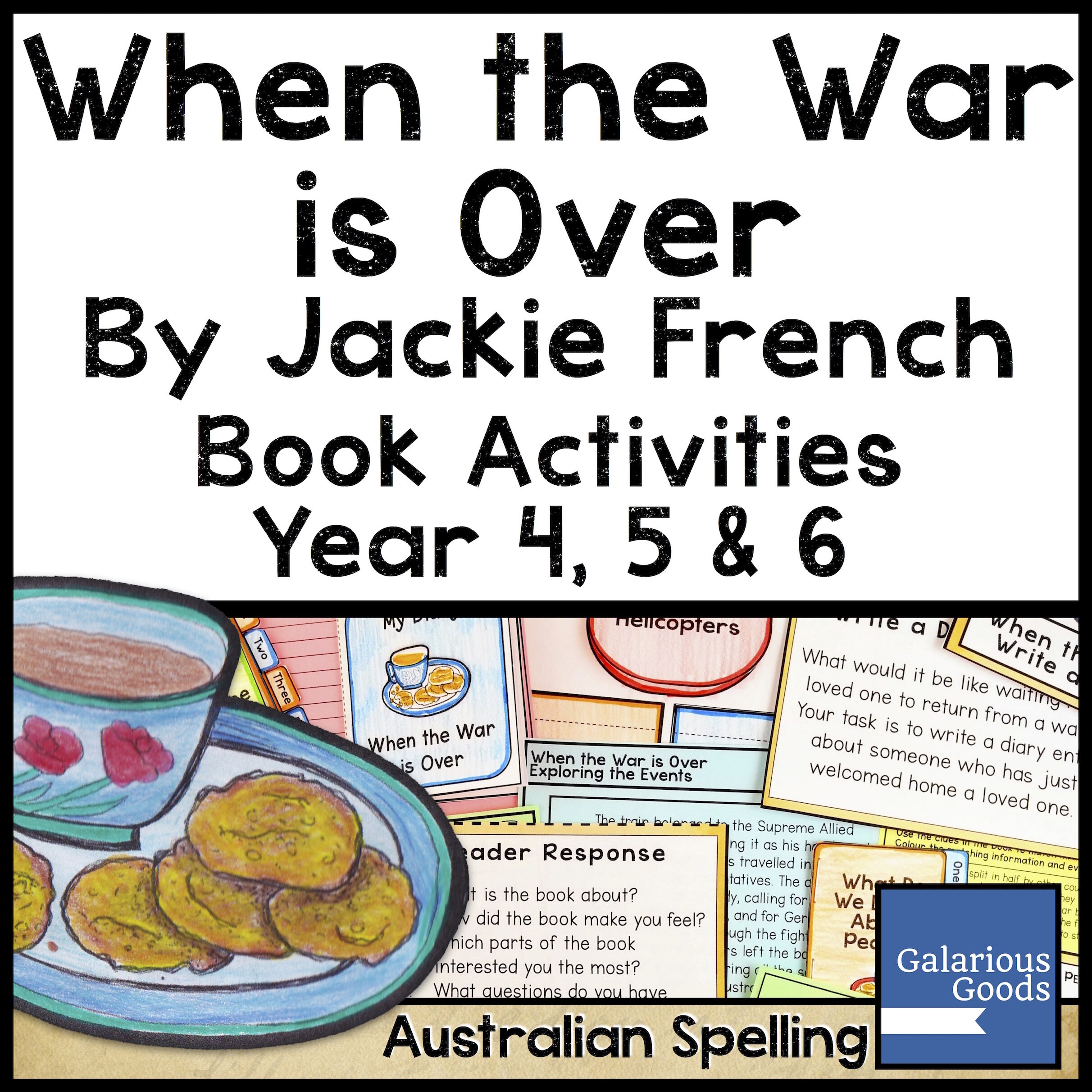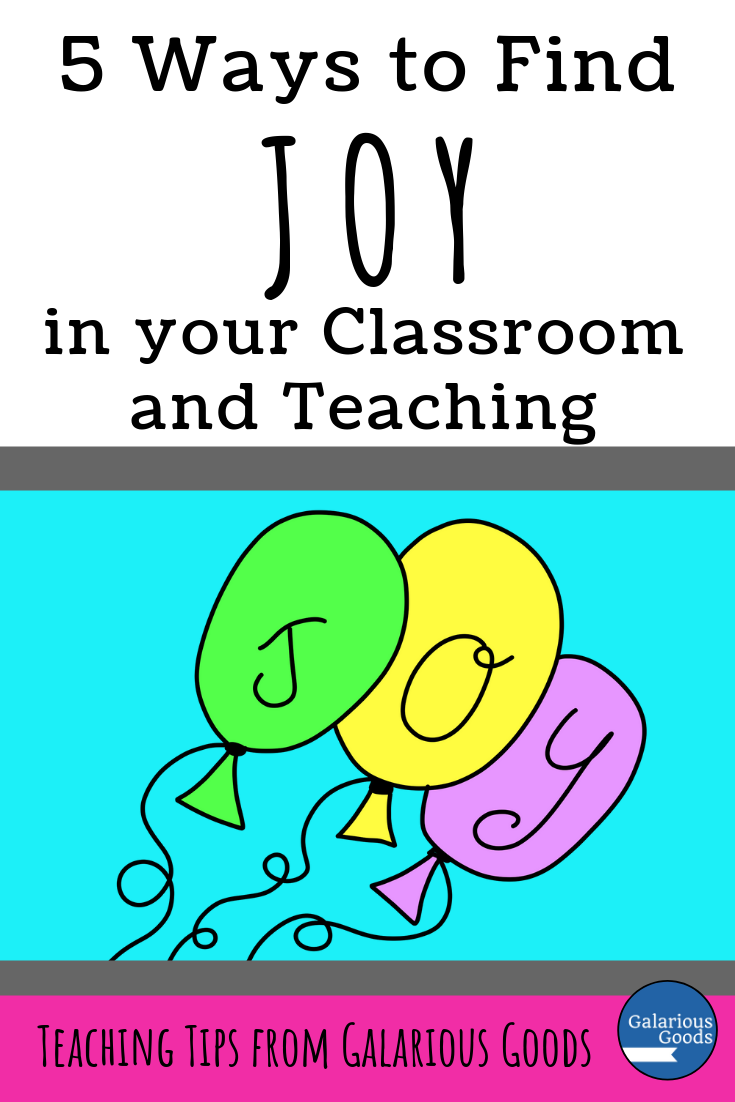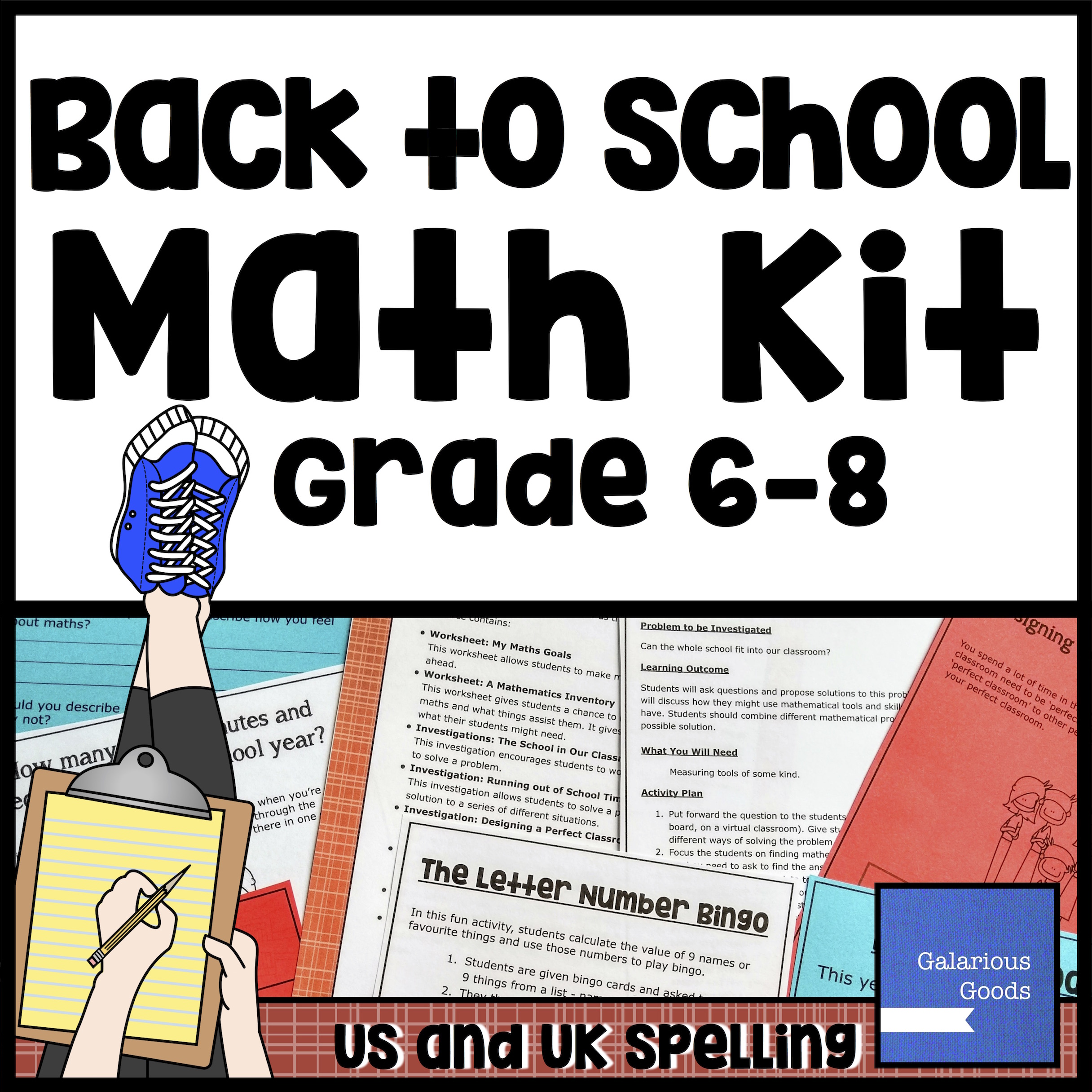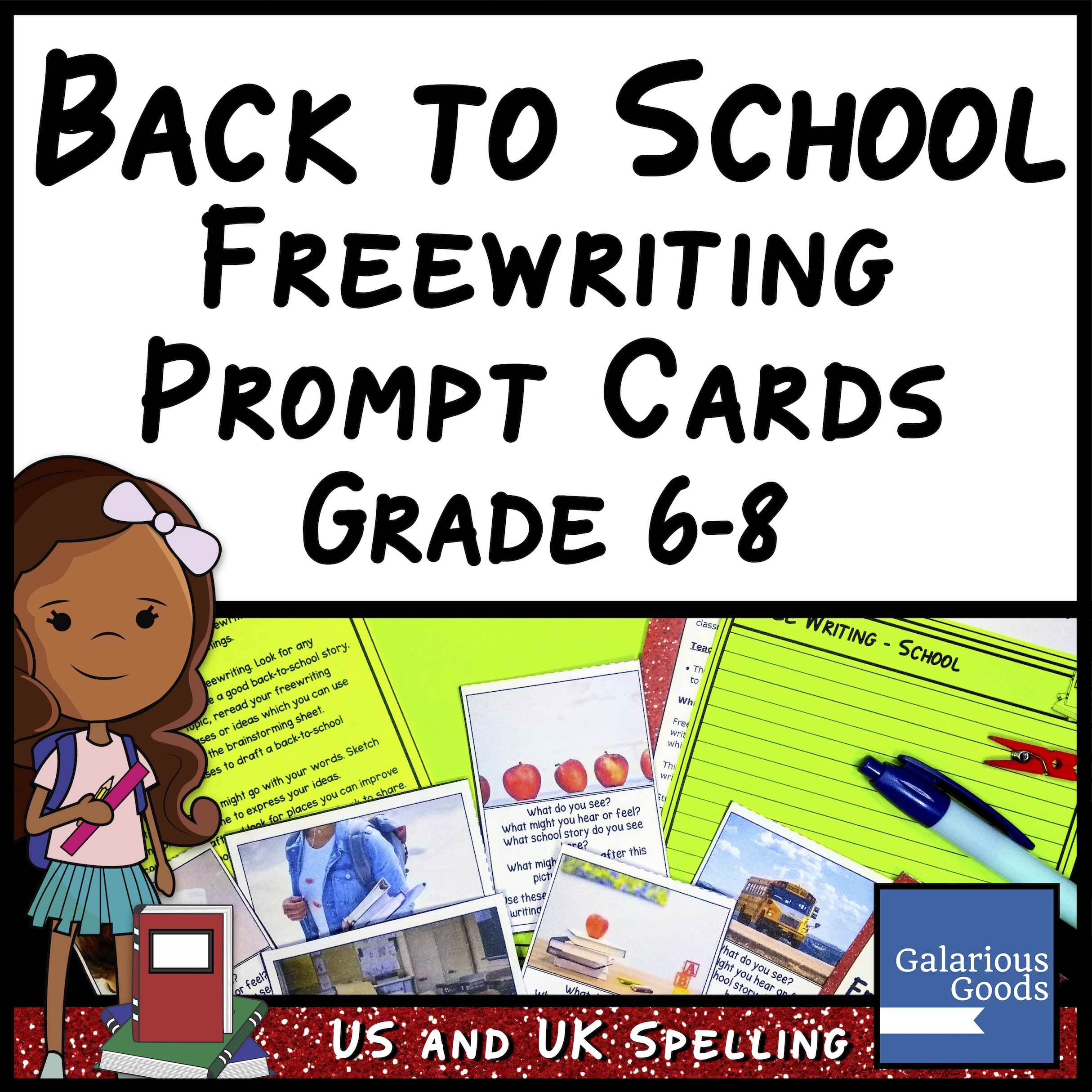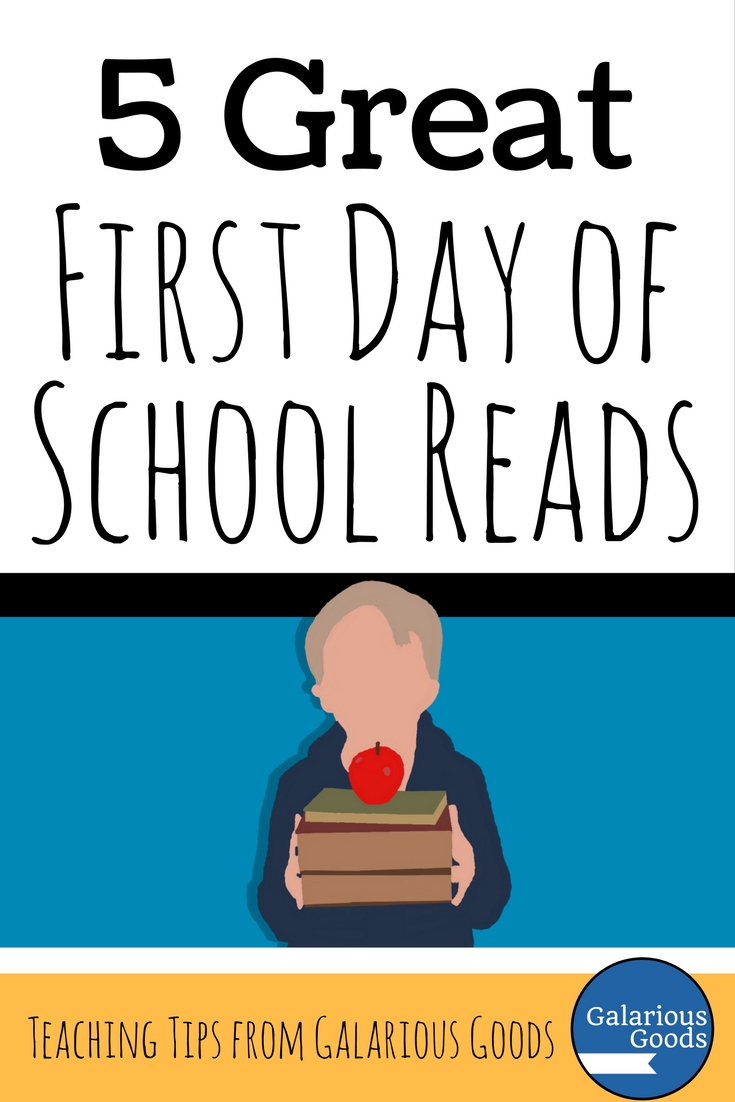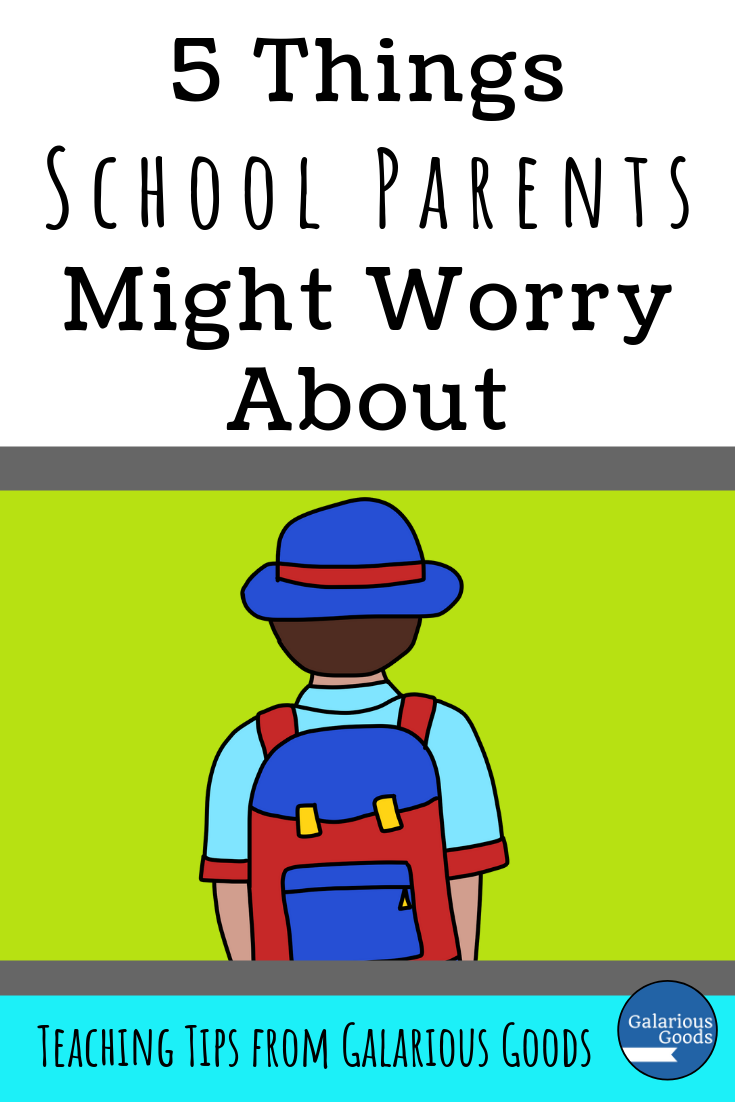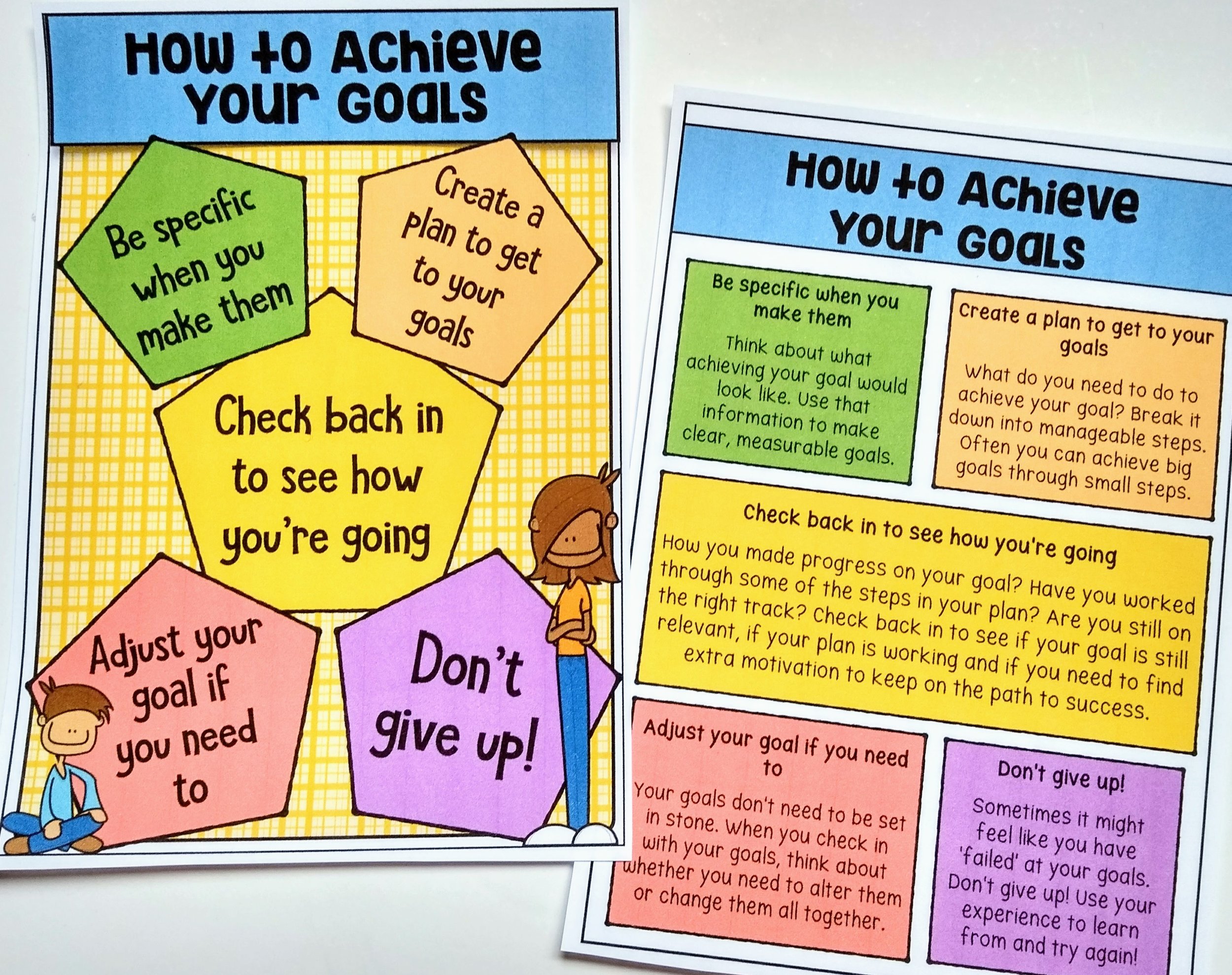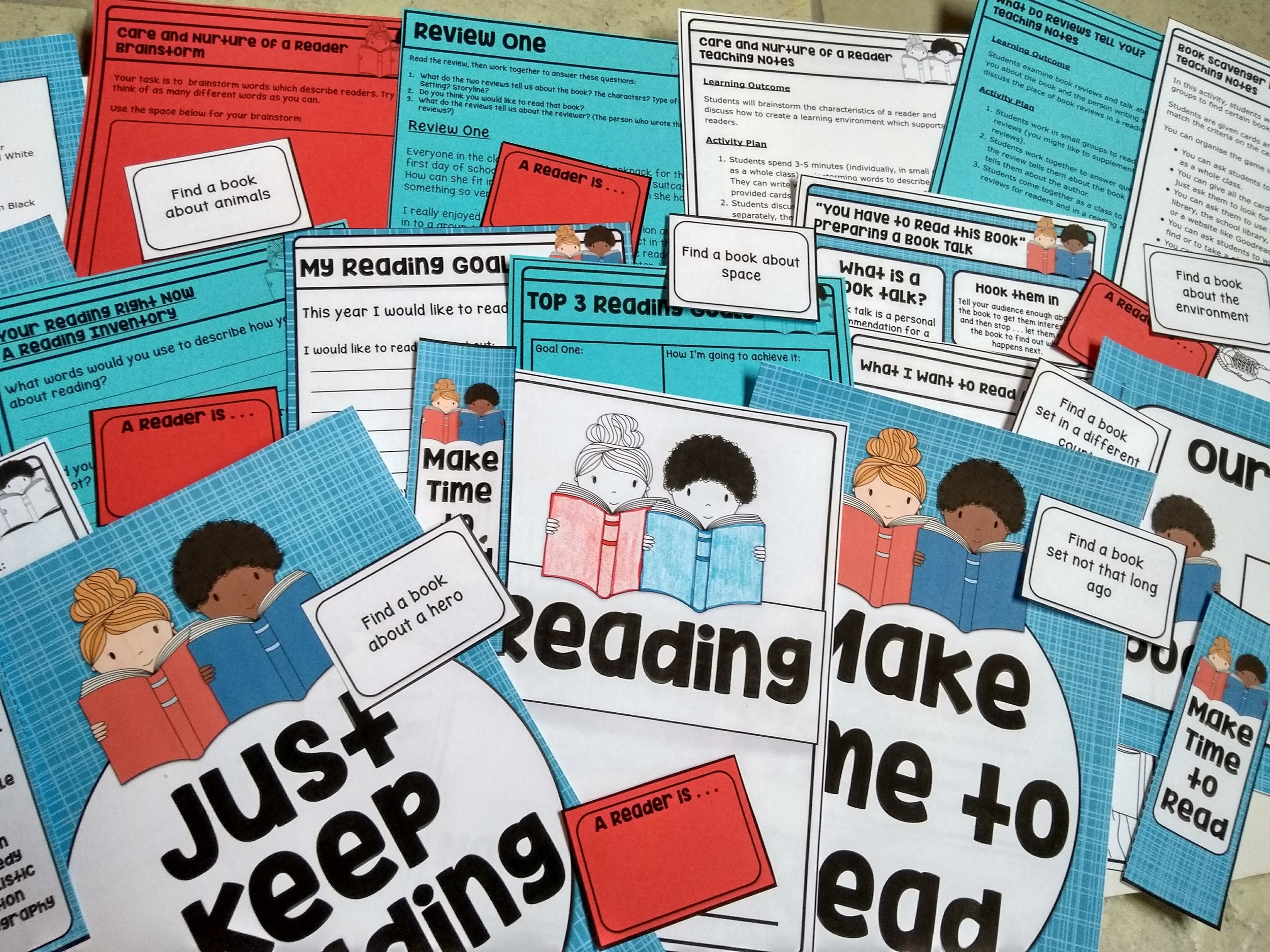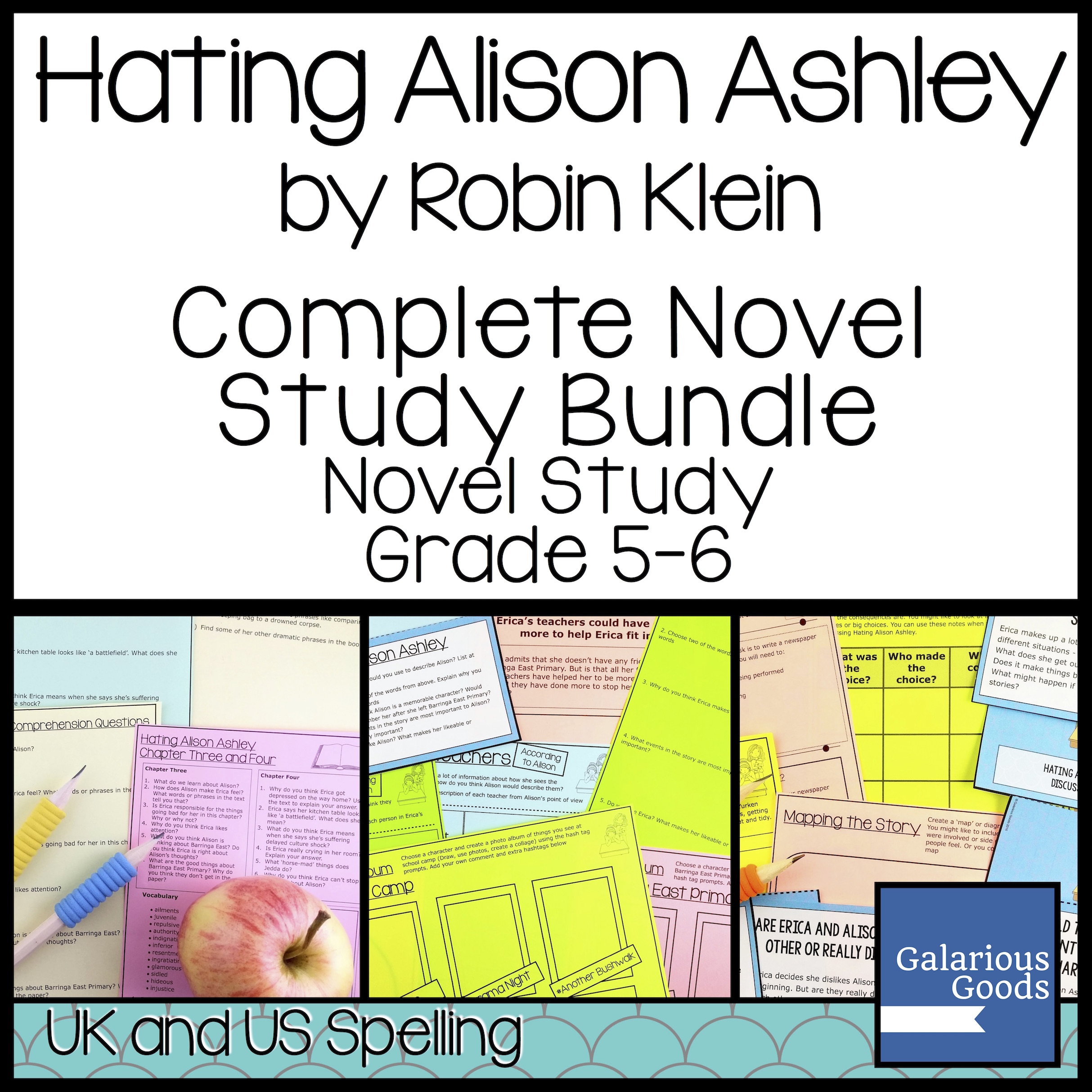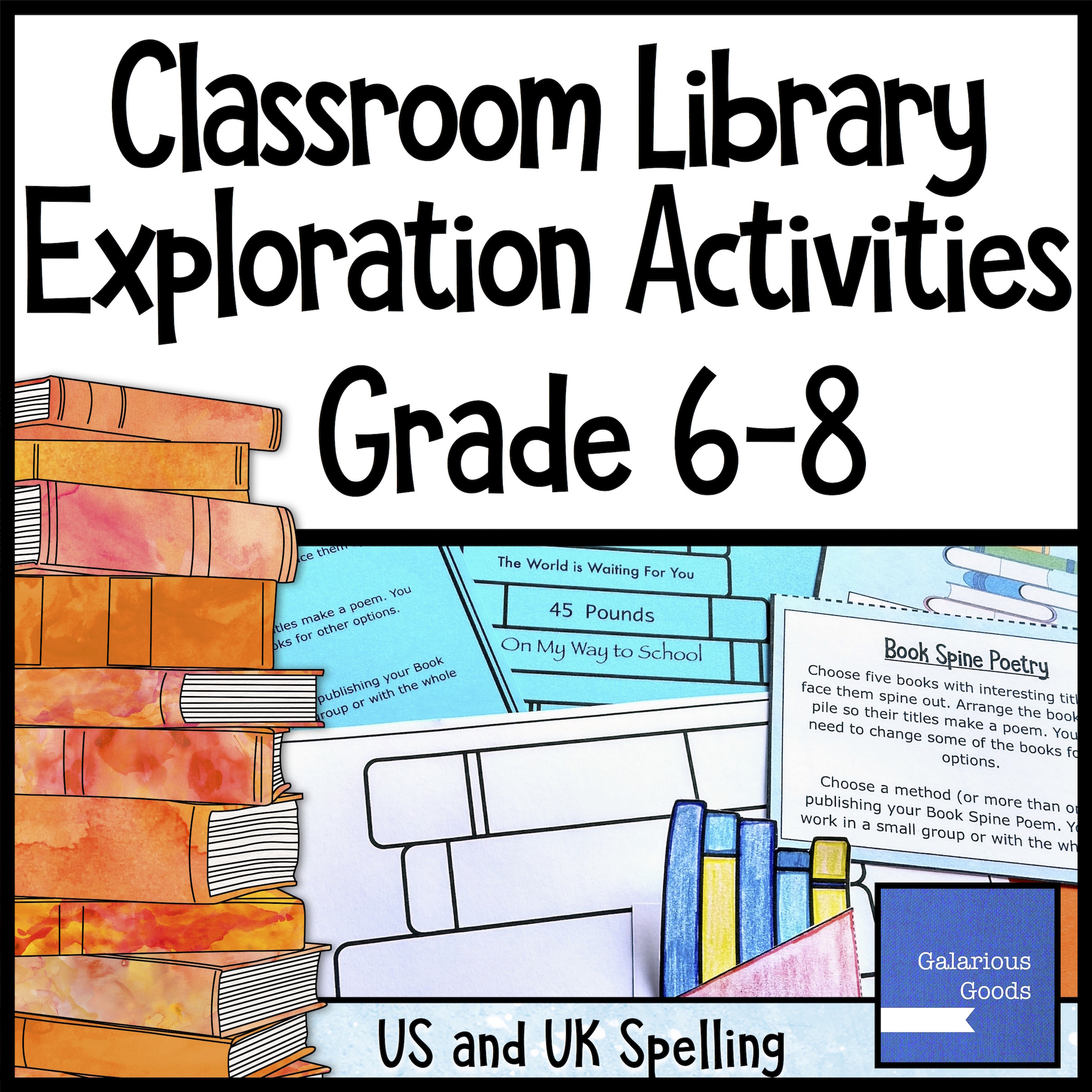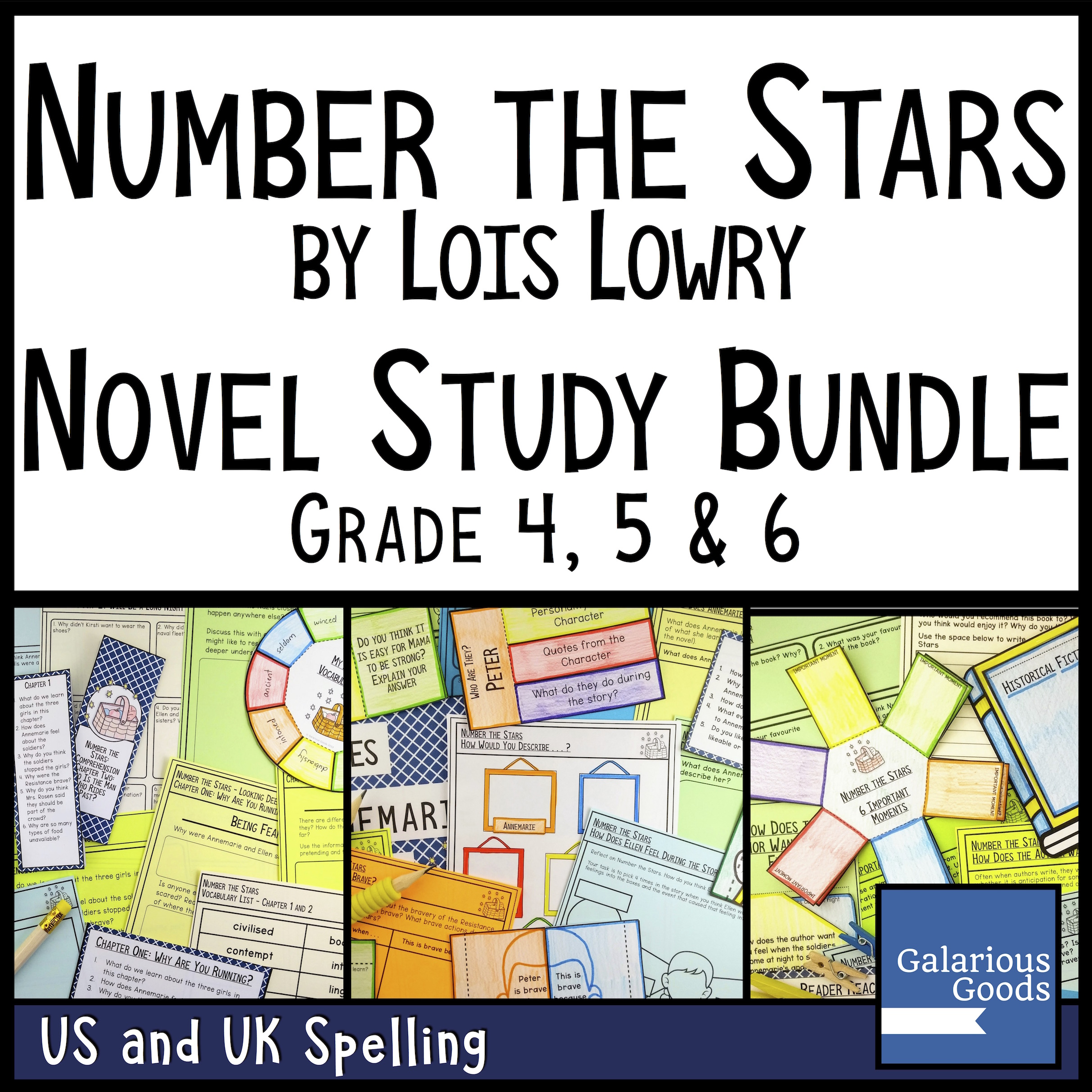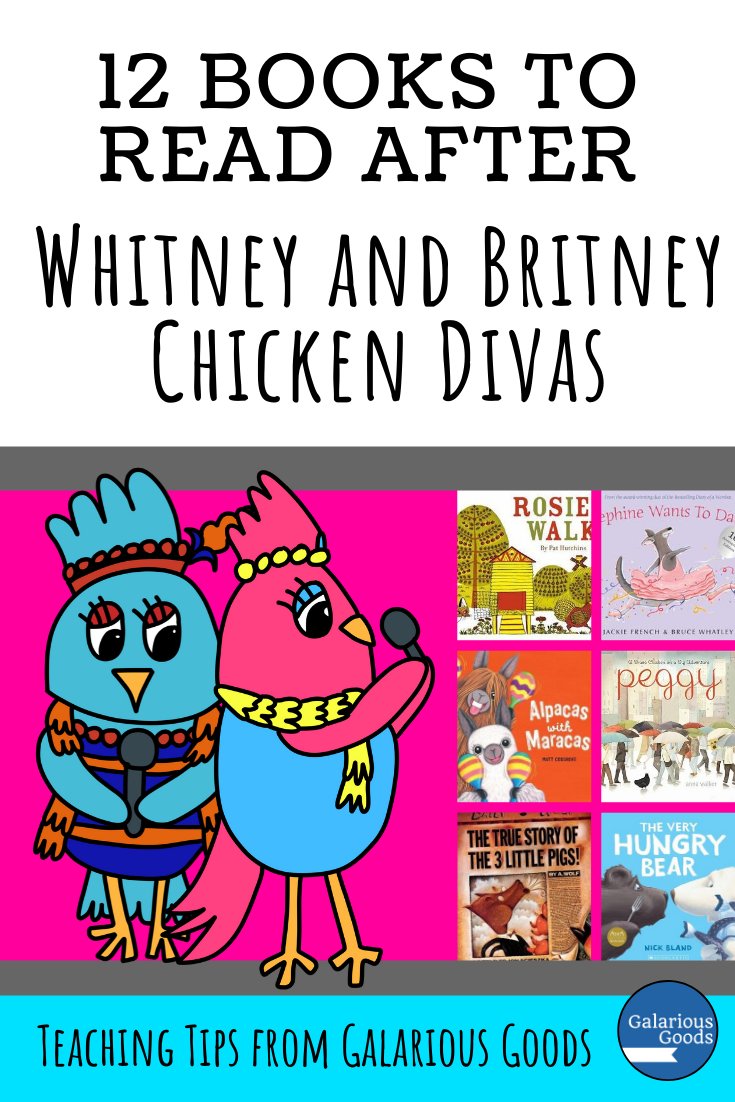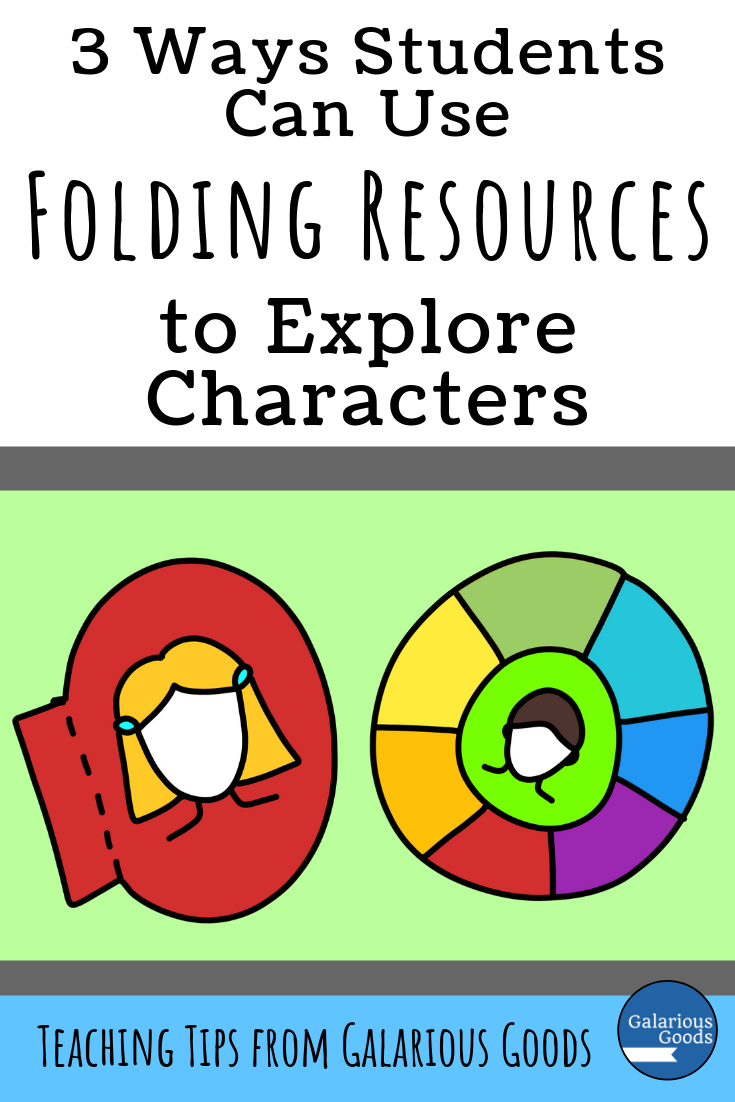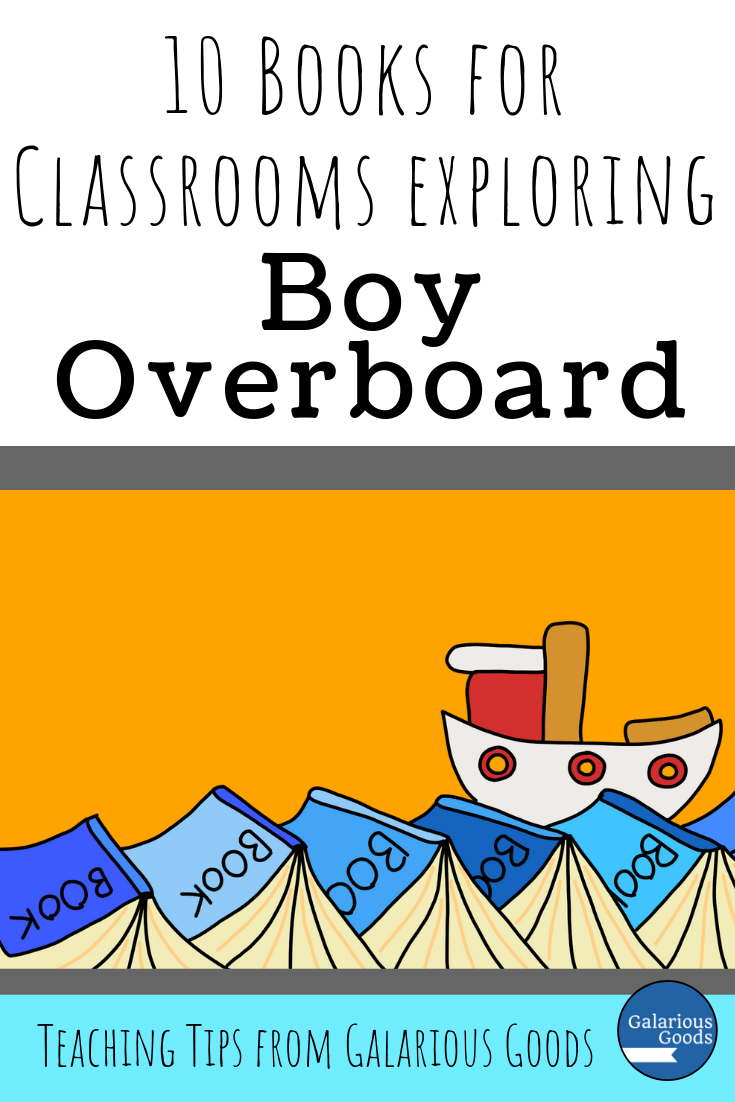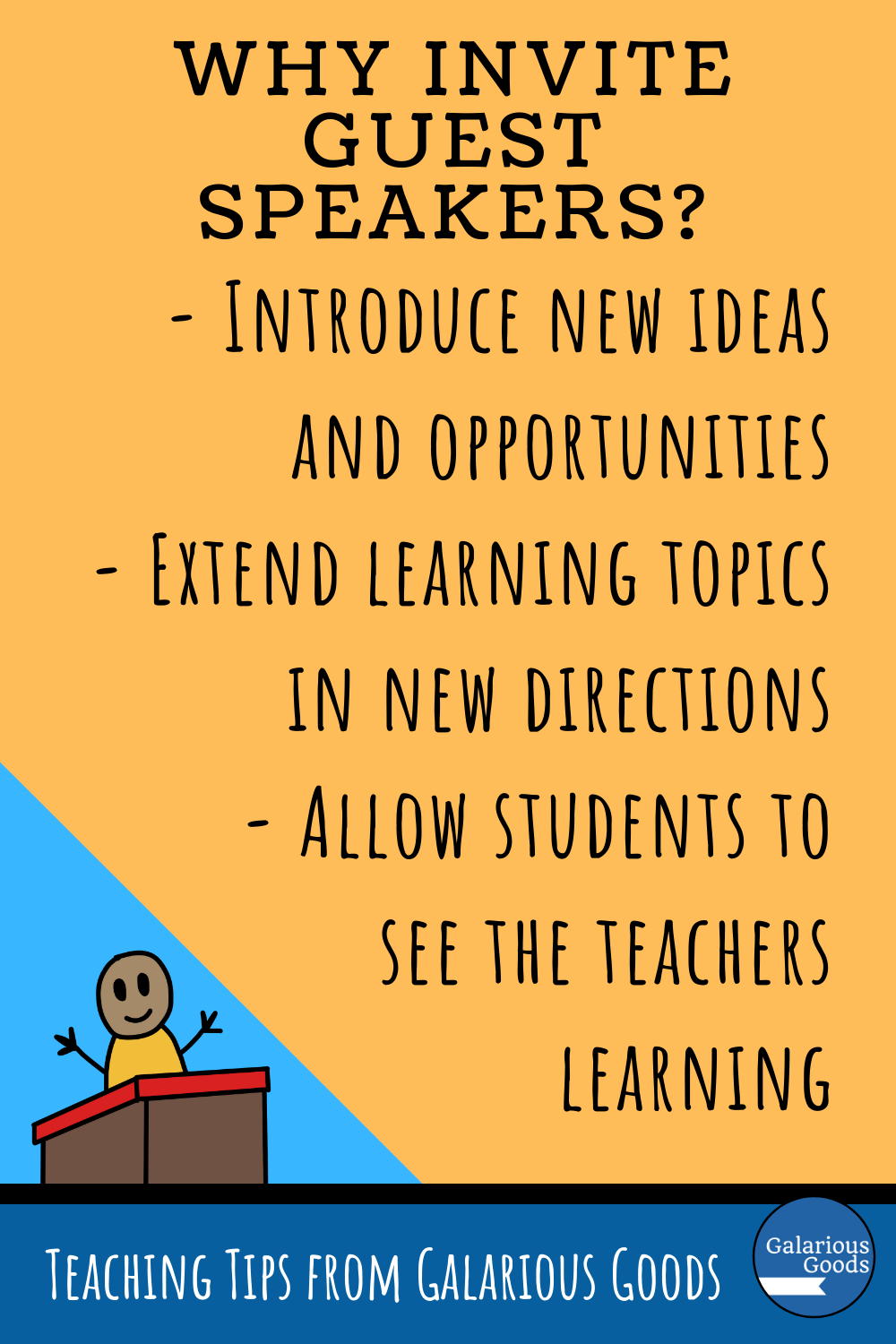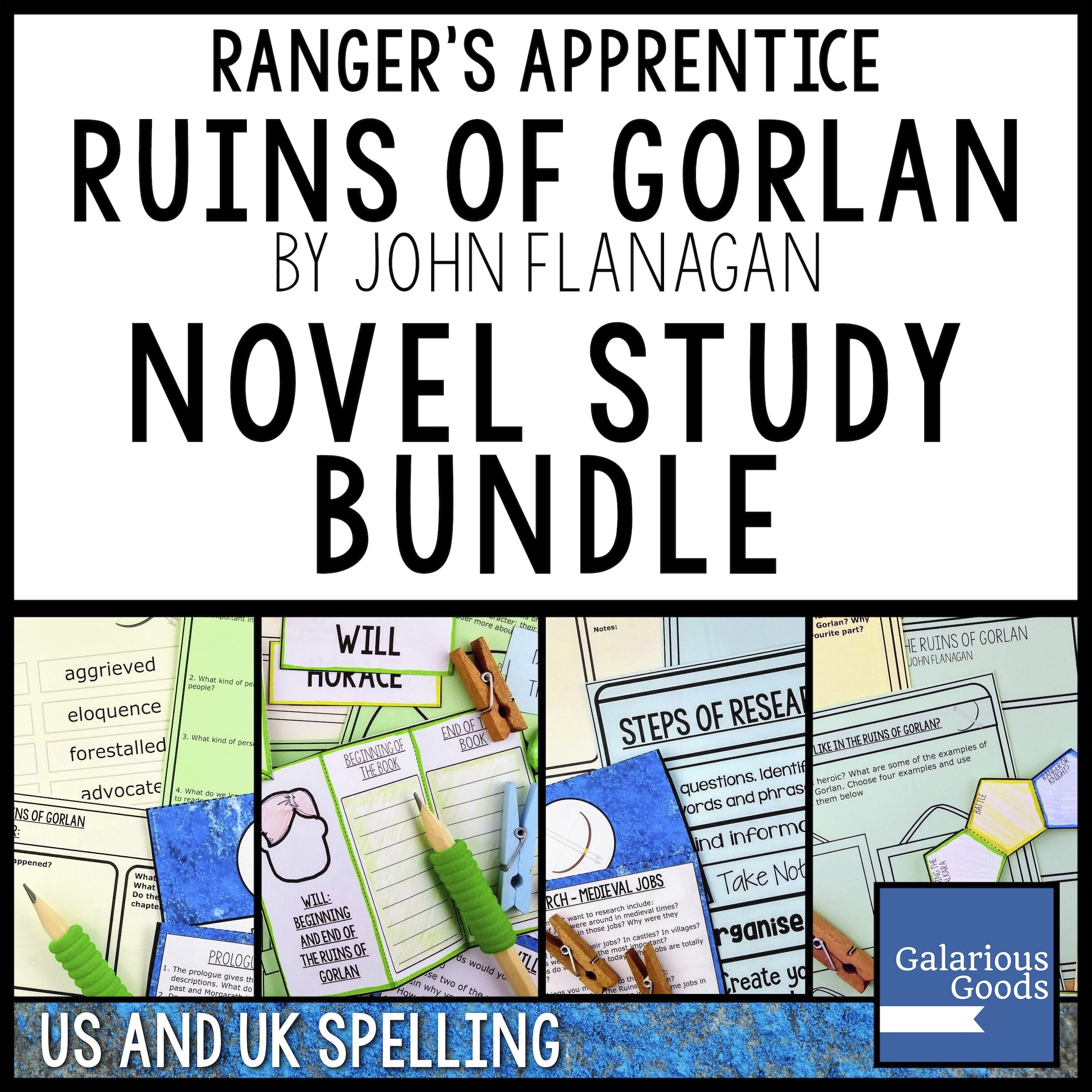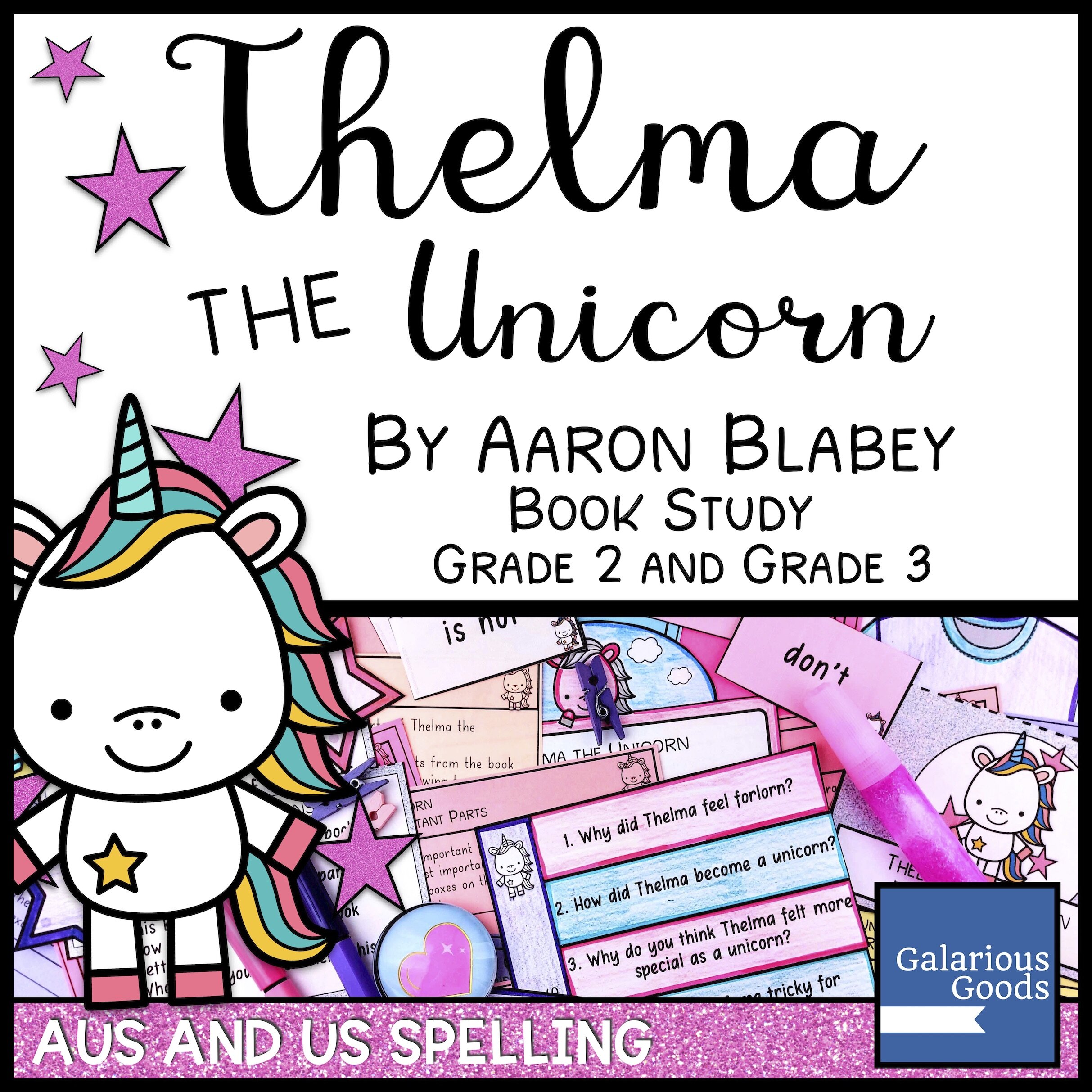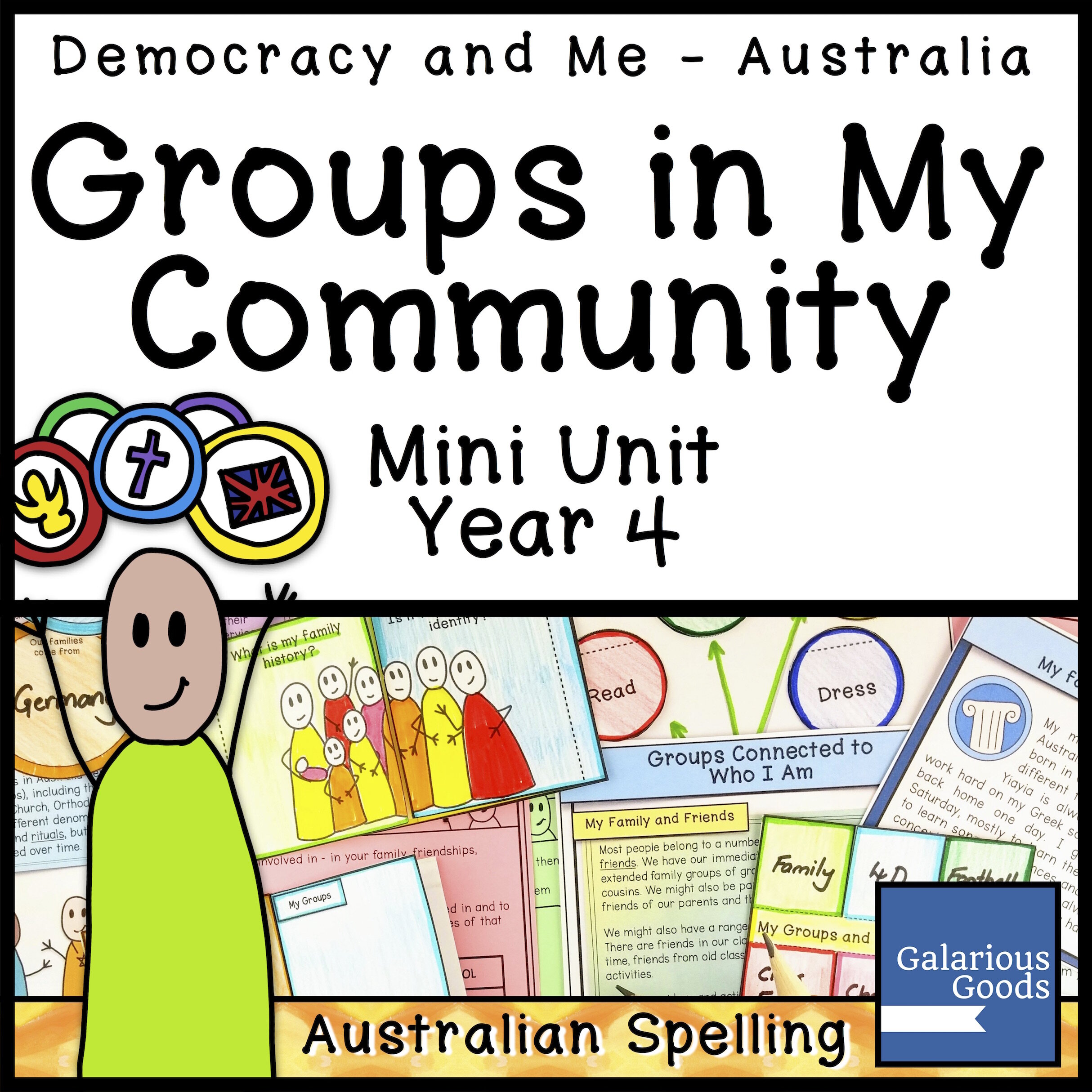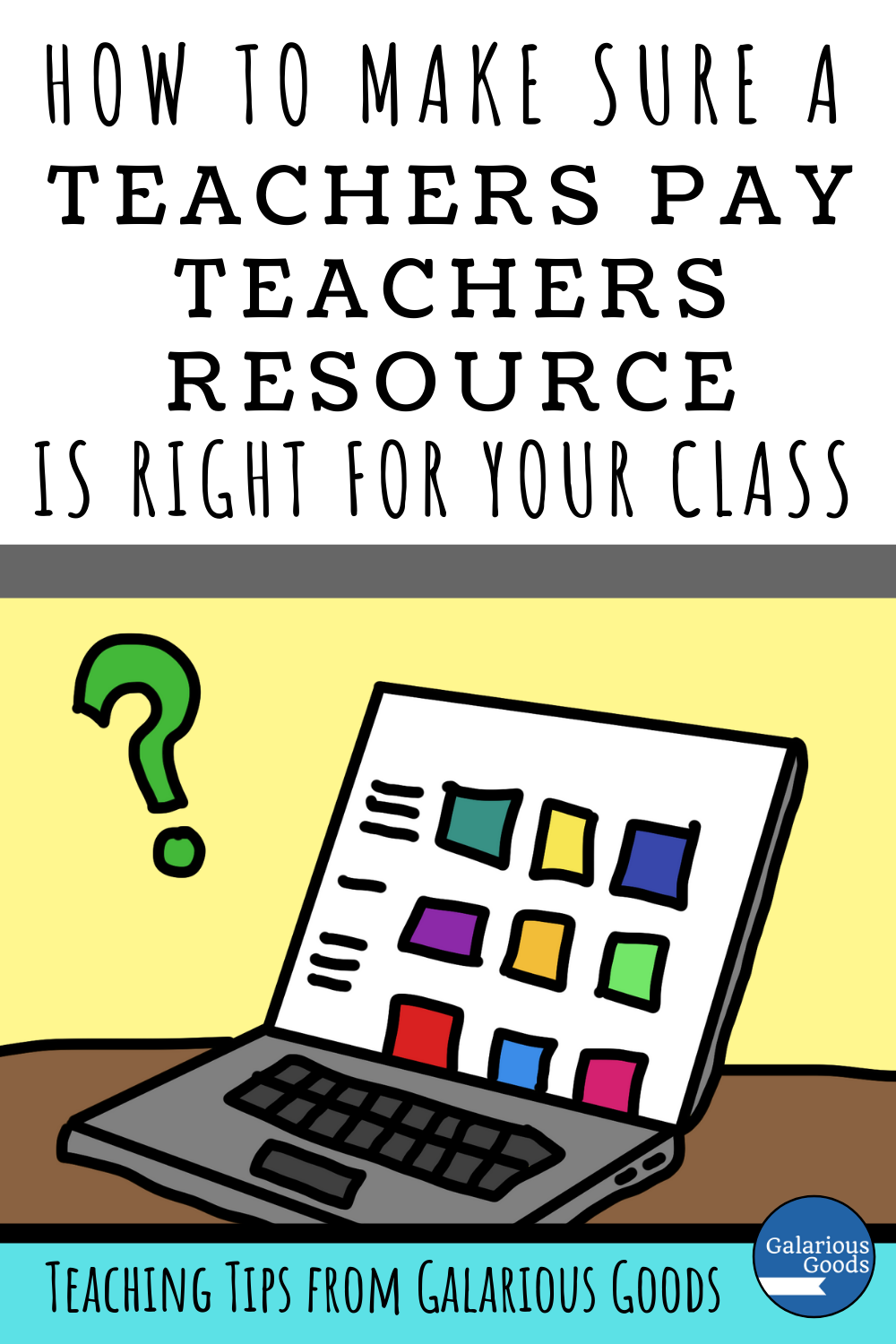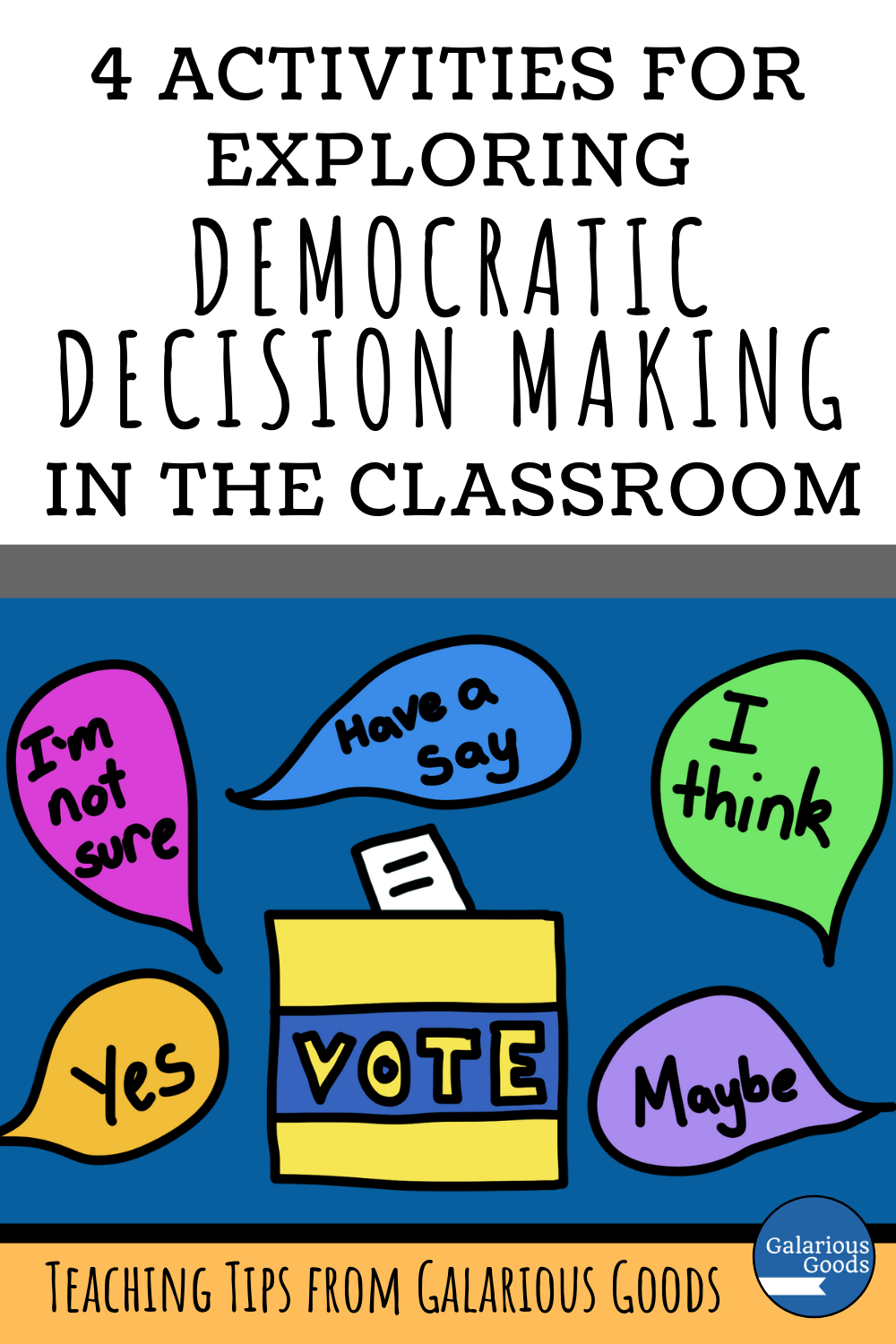Don't Make Writing Goals with Blank Pages - Creating Writing to Make Writing Goals
/It was hot and stuffy in the classroom, the anticipation of the new school year still hanging thick in the air. Miss West had places a worksheet on everyone’s desk and had returned to the front of the room.
“Today we’ll make our writing goals for the year,” she said, holding up a space sheet. “I need you to think about how you’d like to improve your writing this year.”
Bayley wrinkled his nose. He tried to remember some of the writing he’d done last year. He remembered that some of it was really good, but he couldn’t remember what he was really good at. And what did he need to improve?
When we ask our students to make writing goals at the beginning of the school year, it can be tempting to jump straight into the goal making process. But many of our students are stepping back into their ‘writing shoes’ for the first time after weeks or months since they last engaged in the writing process.
When the first thing these students are asked to do is ‘make writing goals’, students are working from a blank page. They may end up making writing goals, but it’s highly likely that these goals will just be surface goals which don’t really identify where students can effectively grow and achieve in the year to come.
As the students tumbled into the room on the first day of school Mr Evans asked them to put their piles of new books at the front of the room.
“Just grab a pen and a regular notebook,” he called out, “and find somewhere comfortable to sit.”
As the students settled around the room, Mr Evans found a piece of music. “I want you to listen to this,” he said, “and write me something. It might be about how the music makes you feel. It might be about your holiday. Or you might write me a brand new story. Just blow the cobwebs away and write.”
He gave the students fifteen minutes of writing time, before asking them to stop their work. “I guess we’d better do the organisational stuff then,” he joked.
What would happen if our students started writing from the very beginning of the first day of school? What message would this send to our students? And how can we use that writing.
By using prompts - questions, quotes, pictures or music - we can give our students something to write about in those early days of school. By repeating this daily over the first week or two, we’re showing them that writing is valued in our classrooms, that it’s something we just do.
We’re also able to use the writing they produce. It can be used as formative assessment in writing, spelling, grammar and punctuation. By writing daily, we get to see how students change and improve, how they approach different prompts or styles of writing, and students get a portfolio of writing to use as they set their writing goals.
Are your students looking through their writing? Grab this free reflection resource
Joey put the three pieces of writing down in front of her and smiled at Ruby. “I’ve read through these now, and I think they’re really funny. I’m using the same words a lot, though.”
“Maybe you can put that on your list,” Ruby suggested, “You could try to use a better range of words?”
“I like that,” Joey wrote it down. “I think I’ll do that and work on stronger sentences. Let’s look at your writing now.”
Once students have three or four pieces of writing, even short pieces of writing, they’ll have a starting place for goal setting. Students can sit down and read through their work - whether it’s on their own, with a partner or with the teacher - to determine what they’re doing well and where they’d like to improve. Having the writing there in front of them gives them a solid starting place - a concrete example of what kind of writers they are so they can create goals to become the writers they want to be.

